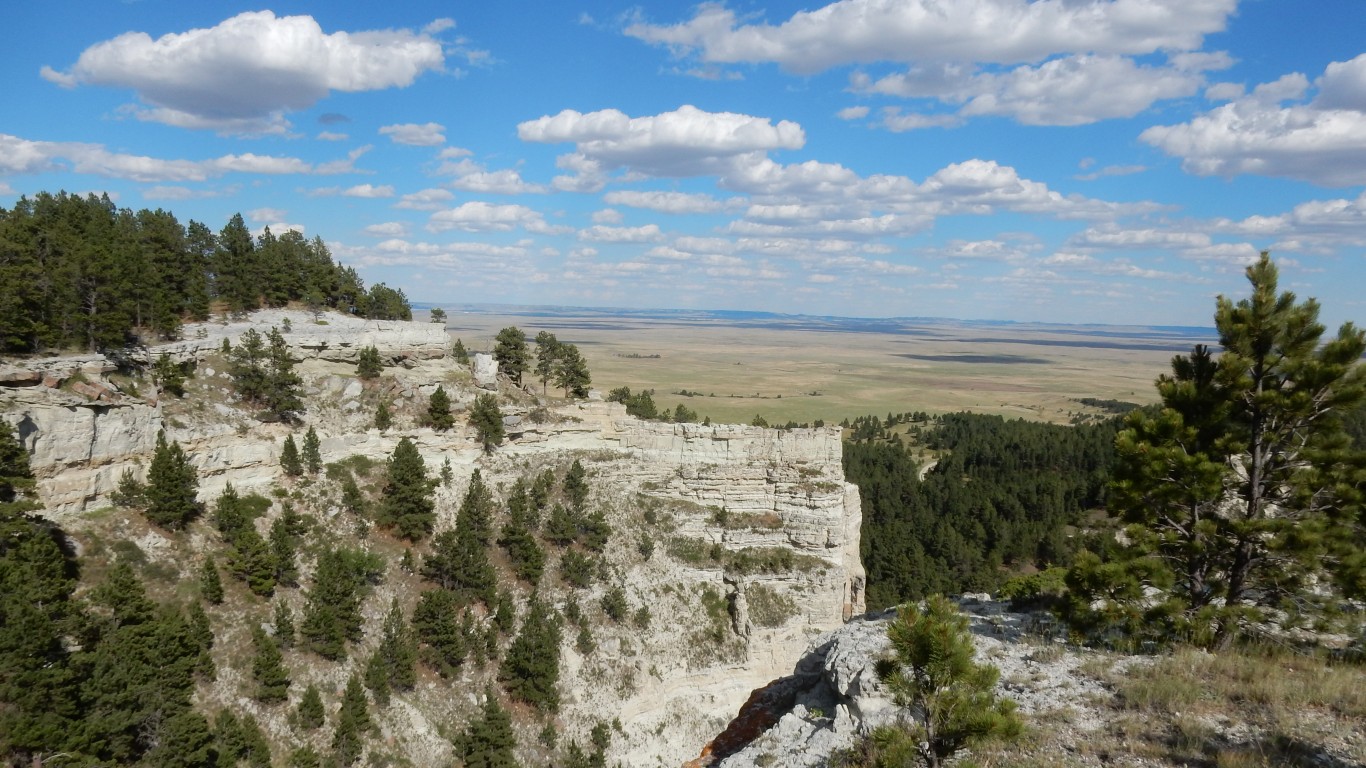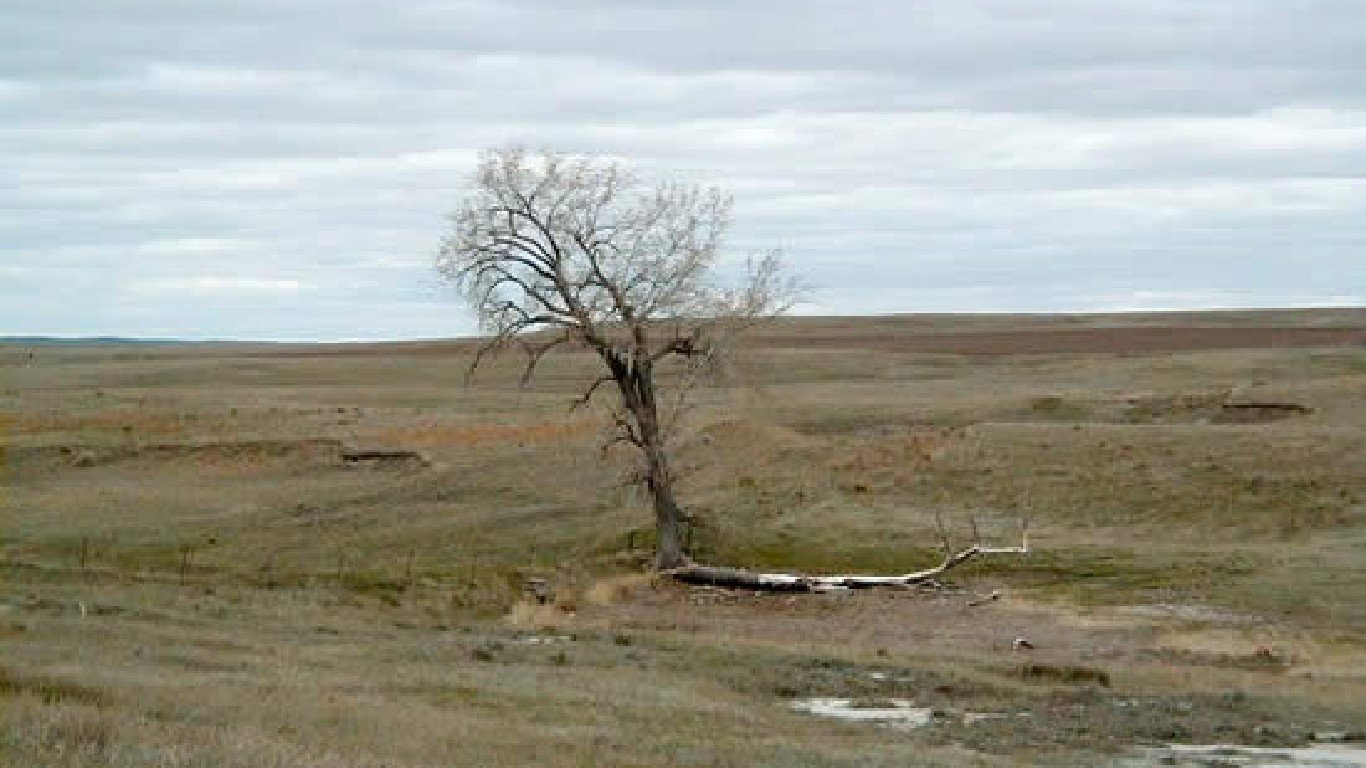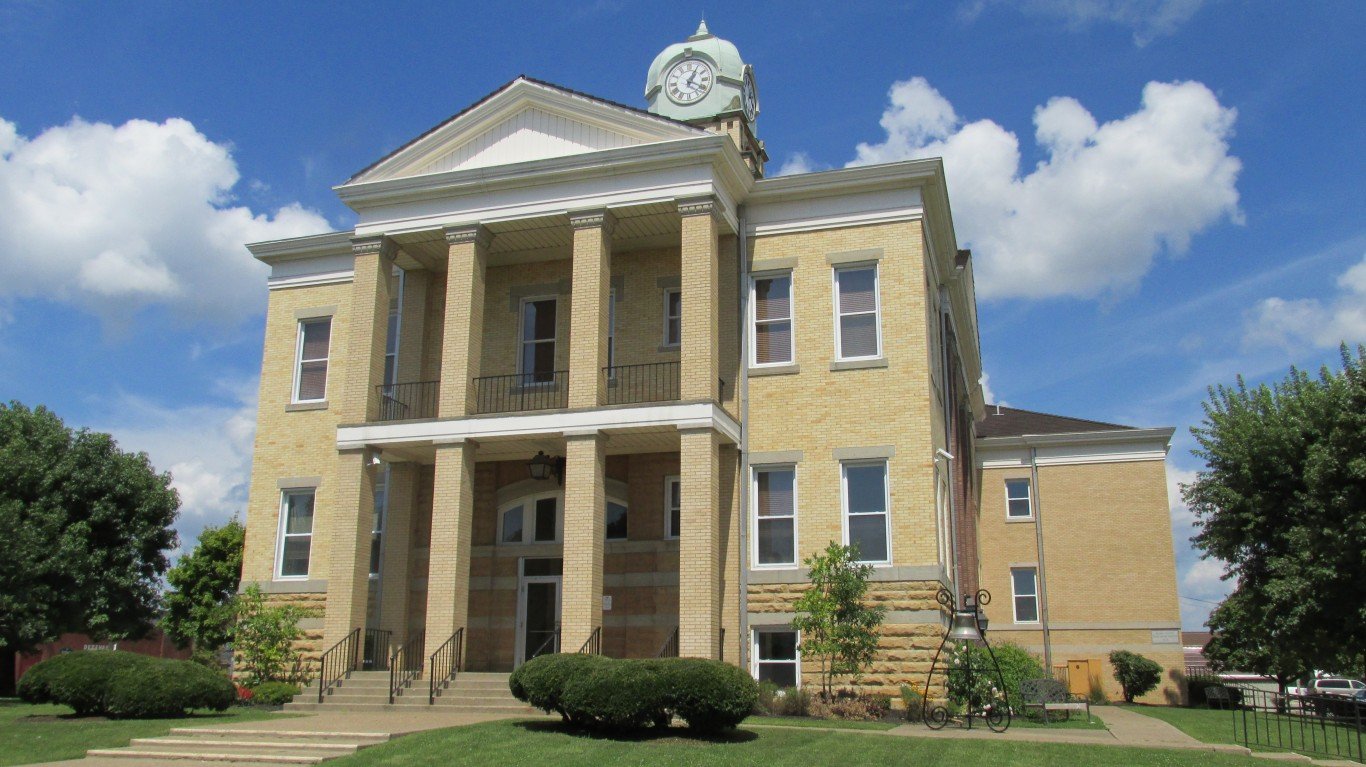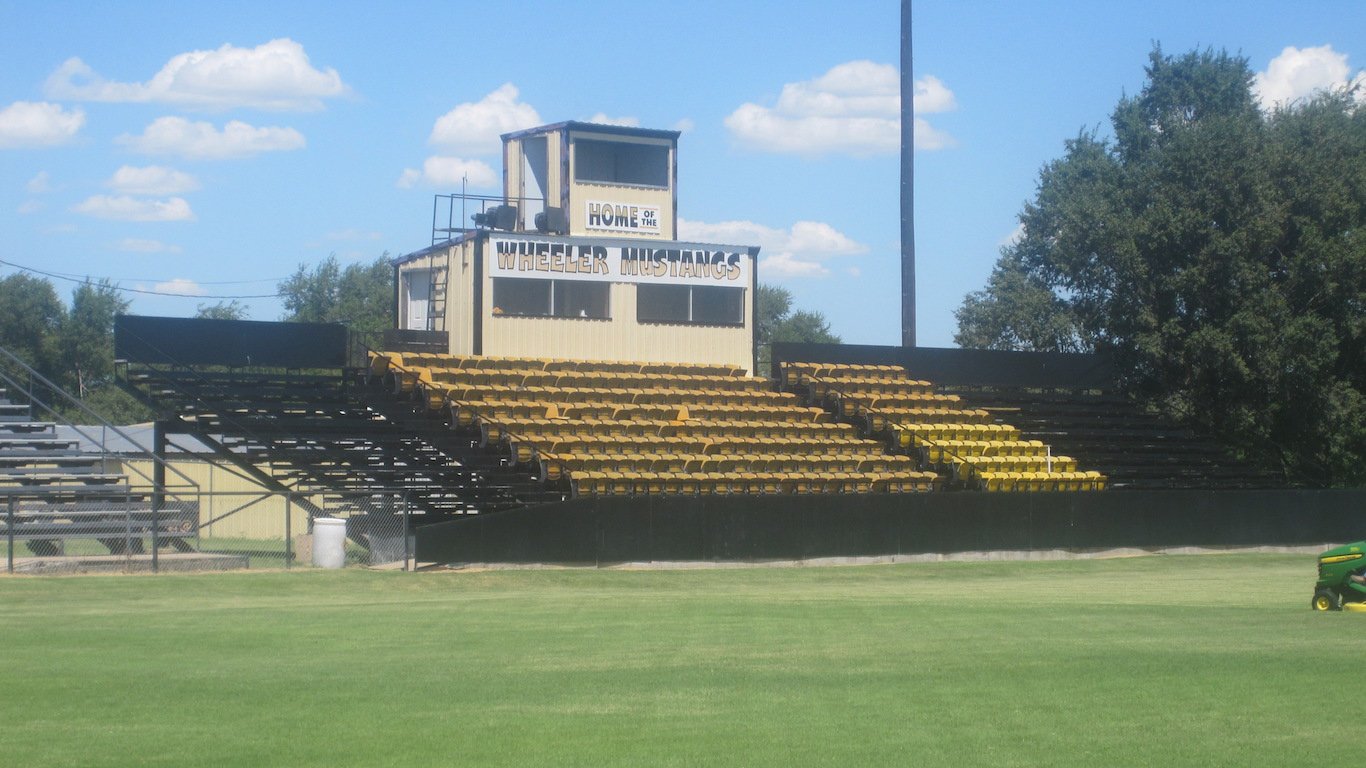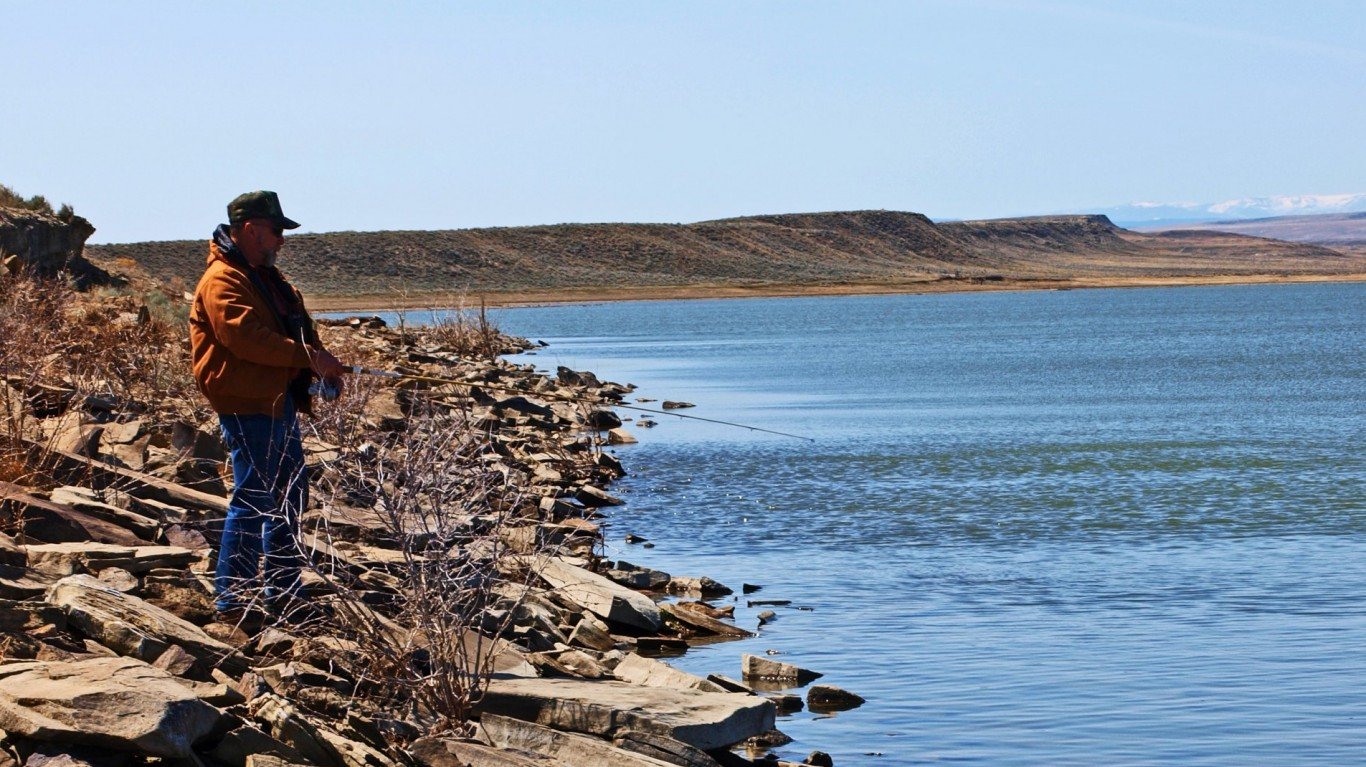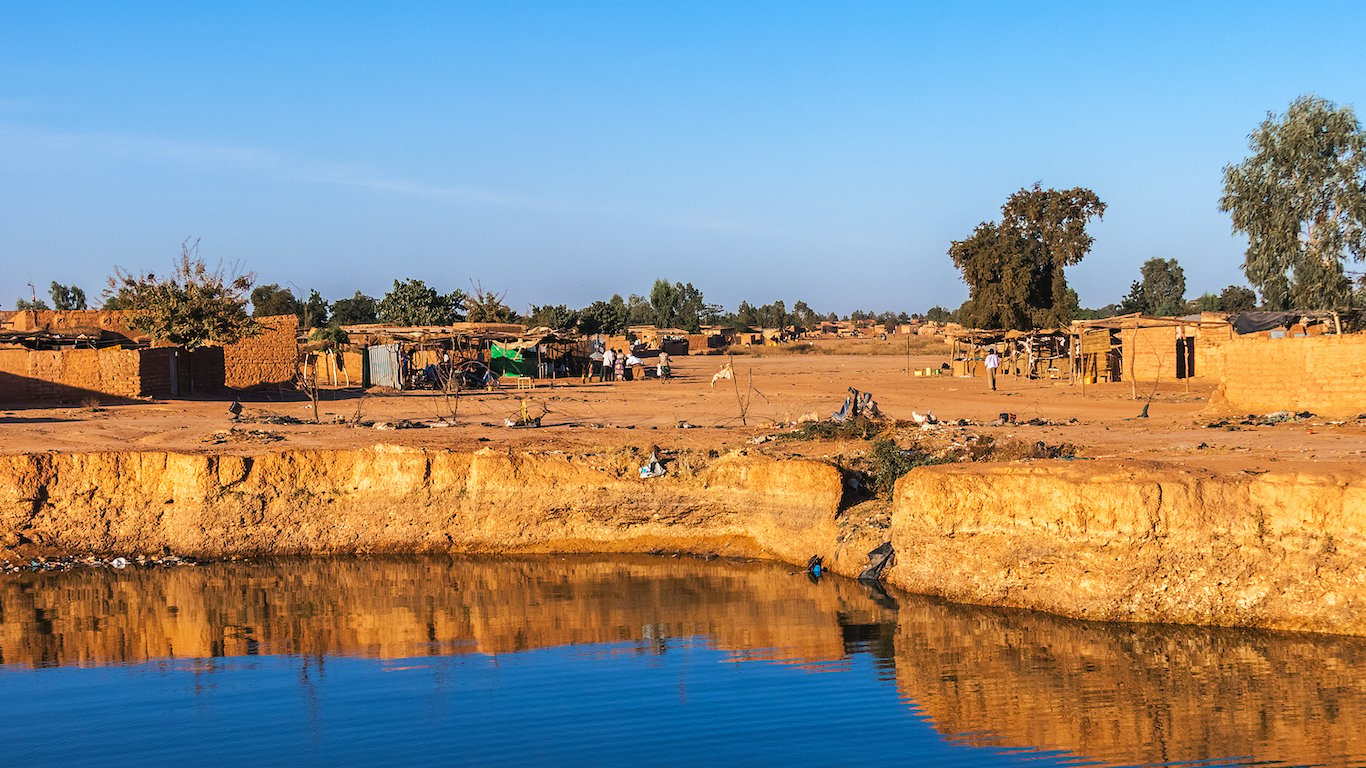

Gross domestic product is a metric often used to compare the sizes of economies as well as how well an economy performs. As the world’s largest economy, the U.S. GDP is over $21 trillion. But the U.S. economy is composed of many counties. County GDP can help assess the vitality of the local economy. While the U.S. economy grew by nearly 22% from 2014 to 2019, about 750 county economies (of over 3,000 nationwide) shrank over that time.
To determine the 50 fastest shrinking local economies nationwide, 24/7 Wall St. calculated the change in real GDP from 2014 to 2019 for every U.S. county or county equivalent with data from the Bureau of Economic Analysis. The counties listed here experienced the most crippling economic contractions — of between 28% and 51%.
When economies contract, so too does the availability of jobs and potential for local economic mobility. This can lead to population declines over an extended period of time as younger residents leave to pursue greener job pastures. (This is America’s fastest dying industry.)
These U.S. counties with the fastest shrinking local economies are typically small and rural. For example, Mora County, New Mexico, and Martin County, Kentucky, are both home to fewer than 1,000 residents. (Not counties, but these are America’s largest and smallest state economies.)
The fastest shrinking local U.S. economies also include Boone County, West Virginia, a coal industry-dependent community of 22,368 people that has seen a gradual decline in jobs since the Great Recession. There are about 2,200 fewer jobs in Boone than there were at its last peak in July 2008, and it has yet to recover jobs lost to the pandemic-related recession of 2020. Its GDP shrank by nearly 43% from 2014 to 2019.
With a population of 133,195, Tazewell County, Illinois, is one of the more populated counties on this list. It has about 2,300 fewer employed persons today than it had prior to the COVID-19 pandemic lockdowns. Like Boone County, Tazewell experienced a gradual reduction of employed people — a trend that began during the Great Recession. Its GDP contracted by nearly half from 2014 to 2019.
Out of the top five most populous U.S. states, only Texas has counties on this list of the fastest shrinking local economies. The Lone Star state is home to nine of these counties, with about 88,000 residents. Montana, North Dakota, and South Dakota tie for second place with four counties apiece.
Click here to see the fastest shrinking local economies in America
Click here to see our detailed methodology
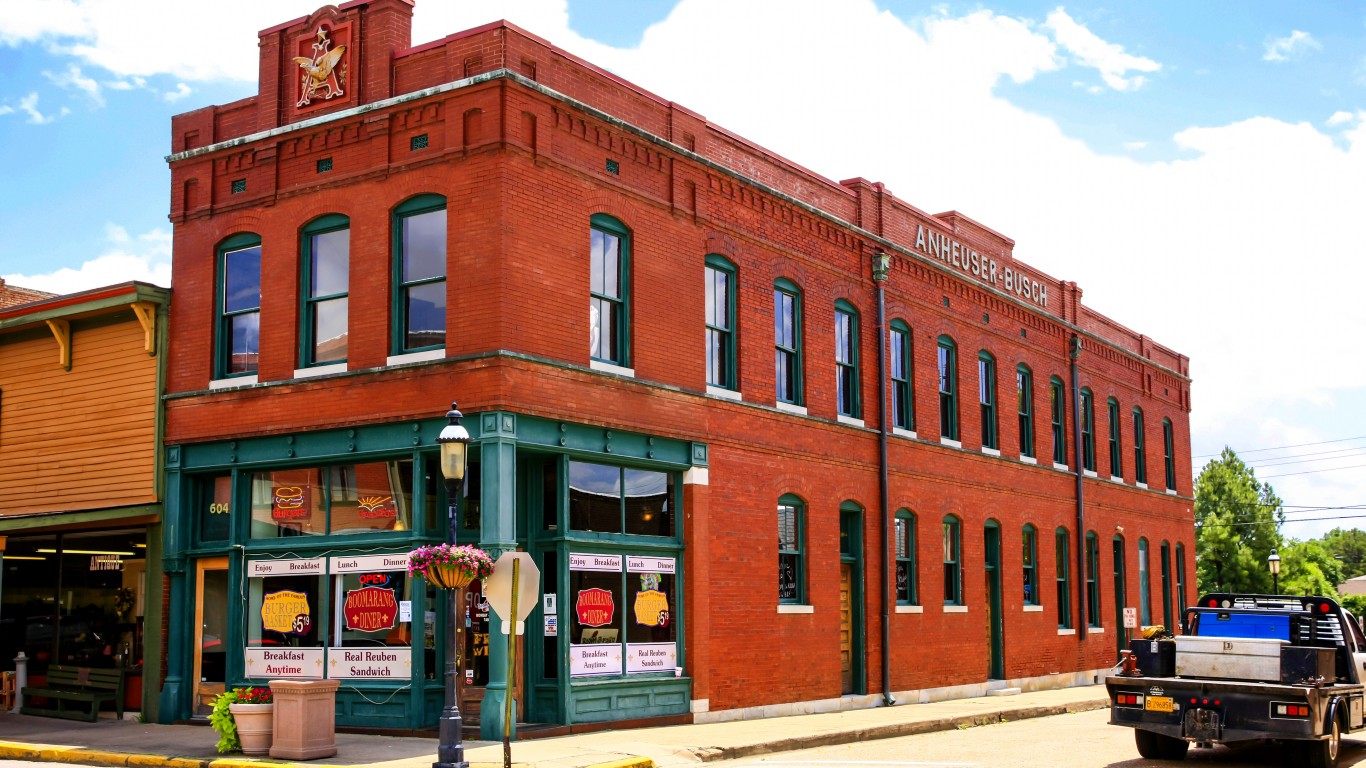
50. Van Buren, Arkansas
> GDP change 2014-2019: -28.11% (state: 12.66%)
> 2019 county GDP: $643 million (state: $130,840 million)
> Unemployment change 2014-2019, county: -3.10 ppt (8.10% to 5.00%)
> Median household income: $38,499 (state: $47,597)
> Population: 16,642
> Largest place in county: Clinton
[in-text-ad]

49. Dolores, Colorado
> GDP change 2014-2019: -28.29% (state: 26.71%)
> 2019 county GDP: $147 million (state: $392,218 million)
> Unemployment change 2014-2019, county: -0.90 ppt (3.90% to 3.00%)
> Median household income: $45,972 (state: $72,331)
> Population: 1,857
> Largest place in county: Dove Creek

48. Schleicher, Texas
> GDP change 2014-2019: -28.30% (state: 18.02%)
> 2019 county GDP: $192 million (state: $1,863,954 million)
> Unemployment change 2014-2019, county: -0.10 ppt (3.00% to 2.90%)
> Median household income: $53,229 (state: $61,874)
> Population: 2,983
> Largest place in county: Eldorado
47. Spink, South Dakota
> GDP change 2014-2019: -28.38% (state: 15.29%)
> 2019 county GDP: $399 million (state: $53,940 million)
> Unemployment change 2014-2019, county: -0.10 ppt (3.50% to 3.40%)
> Median household income: $54,423 (state: $58,275)
> Population: 6,483
> Largest place in county: Redfield
[in-text-ad-2]
46. Johnson, Wyoming
> GDP change 2014-2019: -28.49% (state: -1.76%)
> 2019 county GDP: $424 million (state: $39,601 million)
> Unemployment change 2014-2019, county: -0.90 ppt (4.50% to 3.60%)
> Median household income: $58,132 (state: $64,049)
> Population: 8,487
> Largest place in county: Buffalo

45. Stark, North Dakota
> GDP change 2014-2019: -28.49% (state: -1.54%)
> 2019 county GDP: $2,633 million (state: $59,005 million)
> Unemployment change 2014-2019, county: 0.40 ppt (1.60% to 2.00%)
> Median household income: $72,045 (state: $64,894)
> Population: 31,081
> Largest place in county: Dickinson
[in-text-ad]

44. Garfield, Montana
> GDP change 2014-2019: -28.65% (state: 14.64%)
> 2019 county GDP: $43 million (state: $51,789 million)
> Unemployment change 2014-2019, county: -0.30 ppt (2.70% to 2.40%)
> Median household income: $42,000 (state: $54,970)
> Population: 1,036
> Largest place in county: Jordan

43. Leon, Texas
> GDP change 2014-2019: -29.14% (state: 18.02%)
> 2019 county GDP: $944 million (state: $1,863,954 million)
> Unemployment change 2014-2019, county: -0.90 ppt (5.30% to 4.40%)
> Median household income: $43,045 (state: $61,874)
> Population: 17,225
> Largest place in county: Buffalo
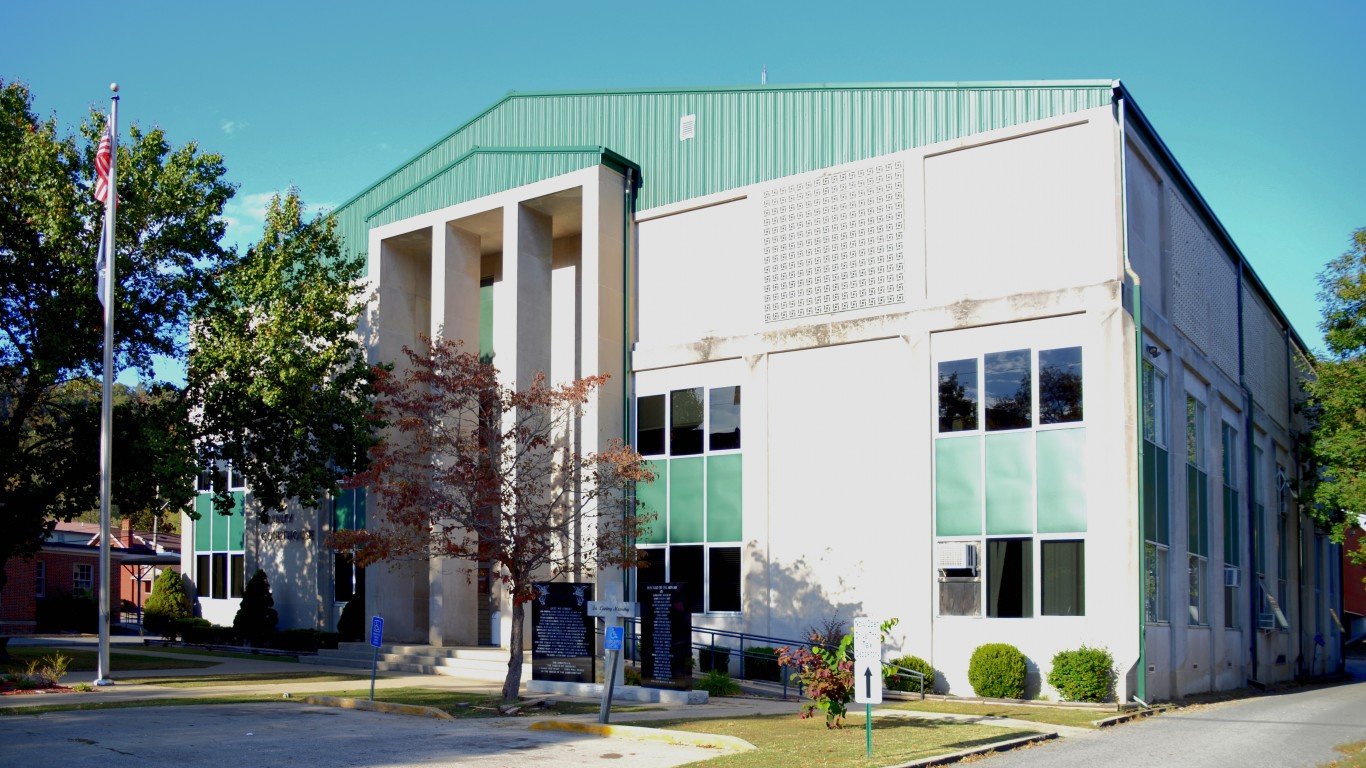
42. Martin, Kentucky
> GDP change 2014-2019: -29.17% (state: 14.96%)
> 2019 county GDP: $253 million (state: $216,102 million)
> Unemployment change 2014-2019, county: -2.20 ppt (9.10% to 6.90%)
> Median household income: $41,013 (state: $50,589)
> Population: 11,648
> Largest place in county: Inez
[in-text-ad-2]
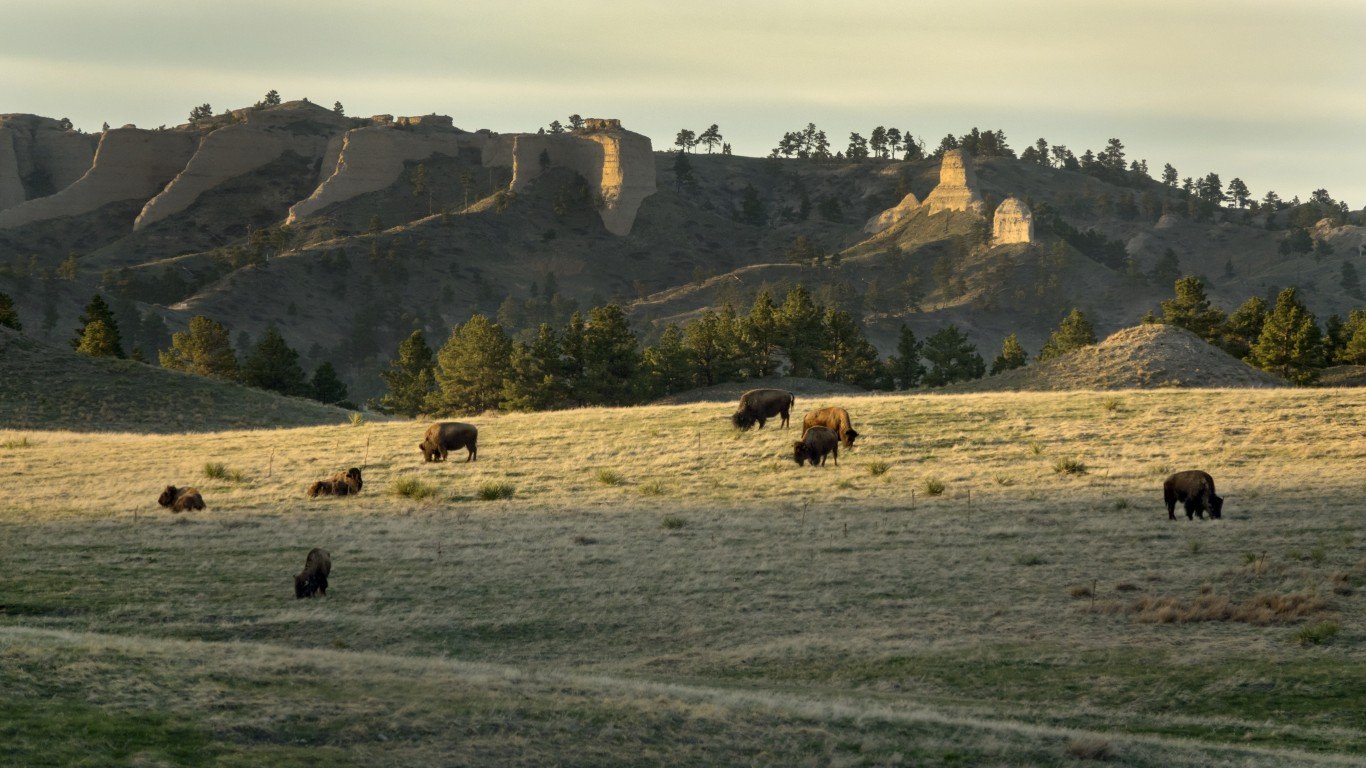
41. Cheyenne, Nebraska
> GDP change 2014-2019: -29.71% (state: 17.34%)
> 2019 county GDP: $528 million (state: $131,352 million)
> Unemployment change 2014-2019, county: 1.50 ppt (2.20% to 3.70%)
> Median household income: $53,871 (state: $61,439)
> Population: 9,604
> Largest place in county: Sidney
40. Fallon, Montana
> GDP change 2014-2019: -30.11% (state: 14.64%)
> 2019 county GDP: $213 million (state: $51,789 million)
> Unemployment change 2014-2019, county: -0.10 ppt (1.90% to 1.80%)
> Median household income: $64,545 (state: $54,970)
> Population: 2,921
> Largest place in county: Baker
[in-text-ad]

39. Slope, North Dakota
> GDP change 2014-2019: -30.15% (state: -1.54%)
> 2019 county GDP: $44 million (state: $59,005 million)
> Unemployment change 2014-2019, county: 0.30 ppt (2.00% to 2.30%)
> Median household income: $63,611 (state: $64,894)
> Population: 742
> Largest place in county: Marmarth
38. Buena Vista, Iowa
> GDP change 2014-2019: -30.31% (state: 12.26%)
> 2019 county GDP: $1,256 million (state: $194,323 million)
> Unemployment change 2014-2019, county: -1.80 ppt (3.90% to 2.10%)
> Median household income: $57,125 (state: $60,523)
> Population: 20,058
> Largest place in county: Storm Lake
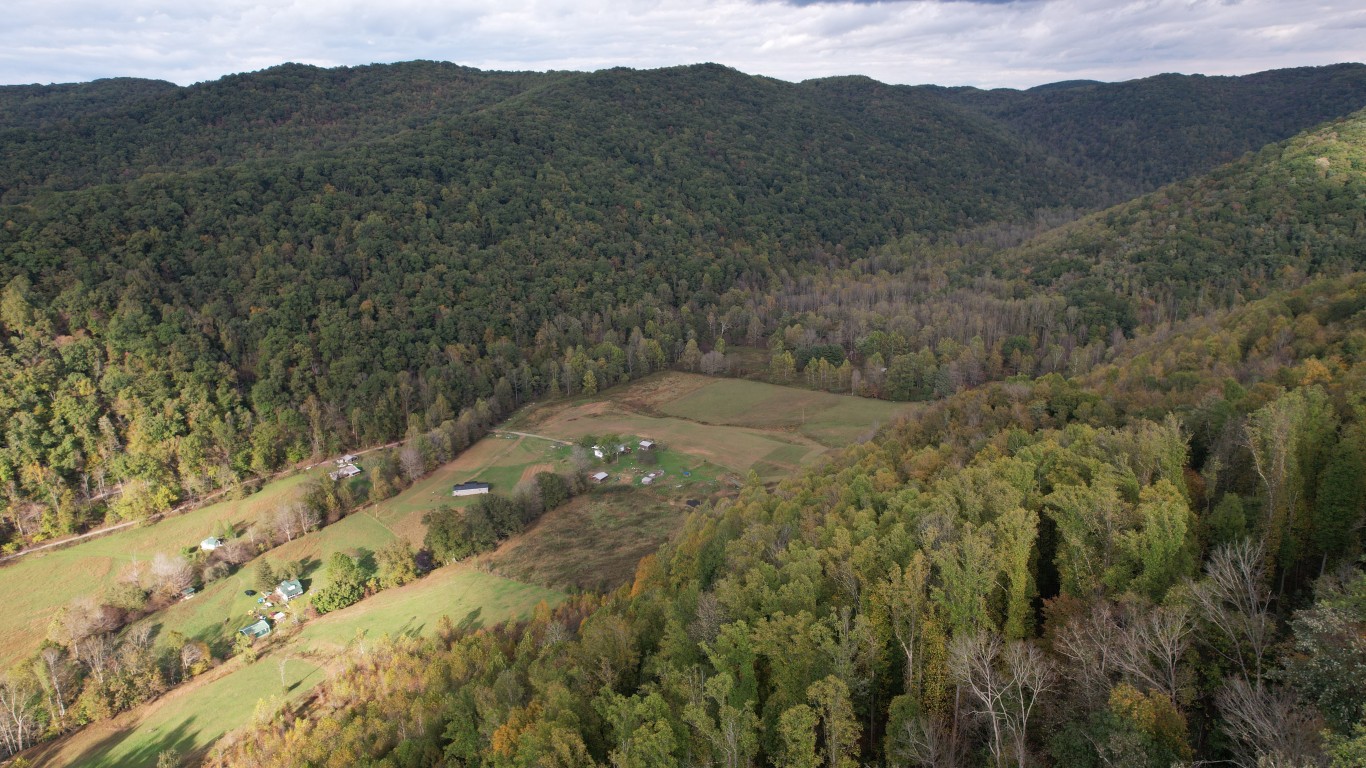
37. Webster, West Virginia
> GDP change 2014-2019: -30.35% (state: 8.94%)
> 2019 county GDP: $155 million (state: $79,140 million)
> Unemployment change 2014-2019, county: -2.30 ppt (8.60% to 6.30%)
> Median household income: $34,927 (state: $46,711)
> Population: 8,386
> Largest place in county: Addison
[in-text-ad-2]
36. Scioto, Ohio
> GDP change 2014-2019: -30.45% (state: 16.38%)
> 2019 county GDP: $2,805 million (state: $693,199 million)
> Unemployment change 2014-2019, county: -2.50 ppt (8.80% to 6.30%)
> Median household income: $41,330 (state: $56,602)
> Population: 76,040
> Largest place in county: Portsmouth
35. Freestone, Texas
> GDP change 2014-2019: -31.33% (state: 18.02%)
> 2019 county GDP: $1,330 million (state: $1,863,954 million)
> Unemployment change 2014-2019, county: -0.80 ppt (5.60% to 4.80%)
> Median household income: $49,471 (state: $61,874)
> Population: 19,714
> Largest place in county: Teague
[in-text-ad]
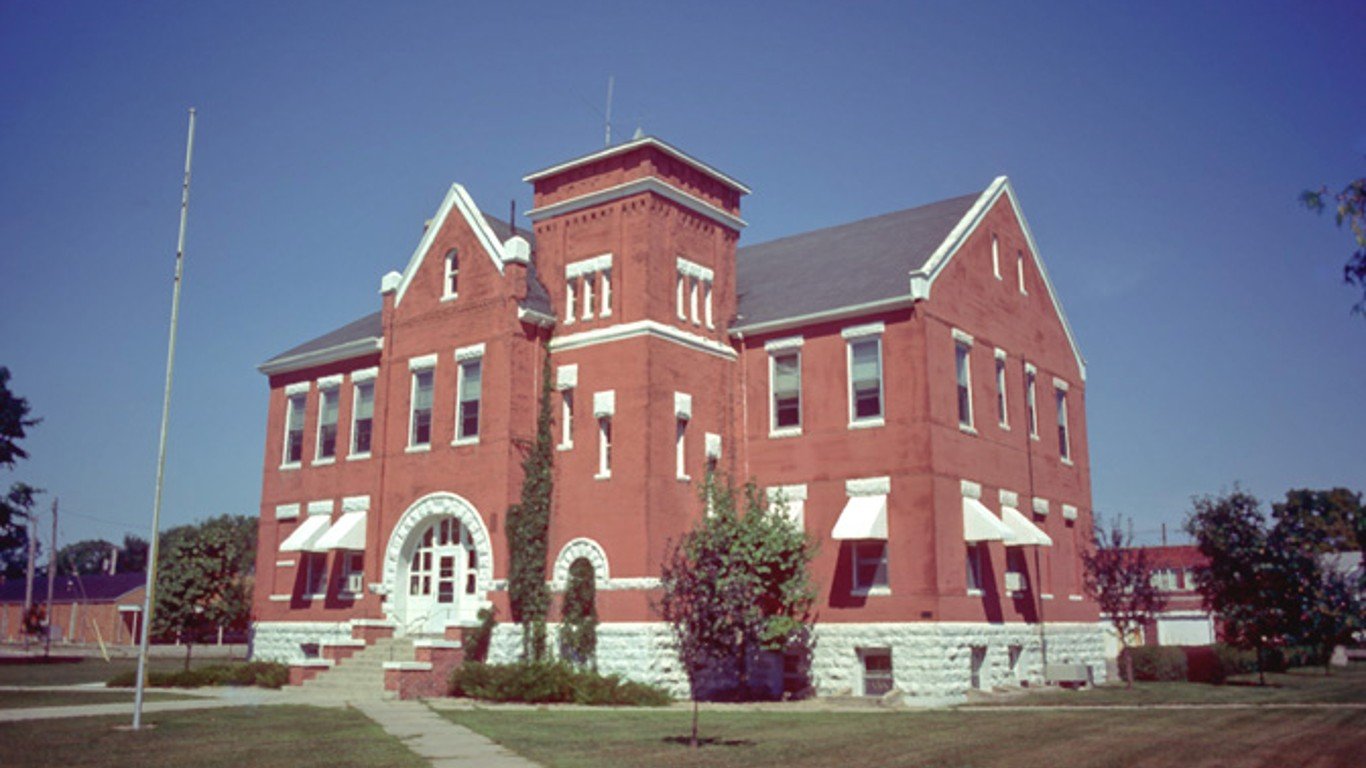
34. Worth, Iowa
> GDP change 2014-2019: -31.40% (state: 12.26%)
> 2019 county GDP: $311 million (state: $194,323 million)
> Unemployment change 2014-2019, county: 0.00 ppt (-1.00% to -1.00%)
> Median household income: $57,130 (state: $60,523)
> Population: 7,445
> Largest place in county: Northwood
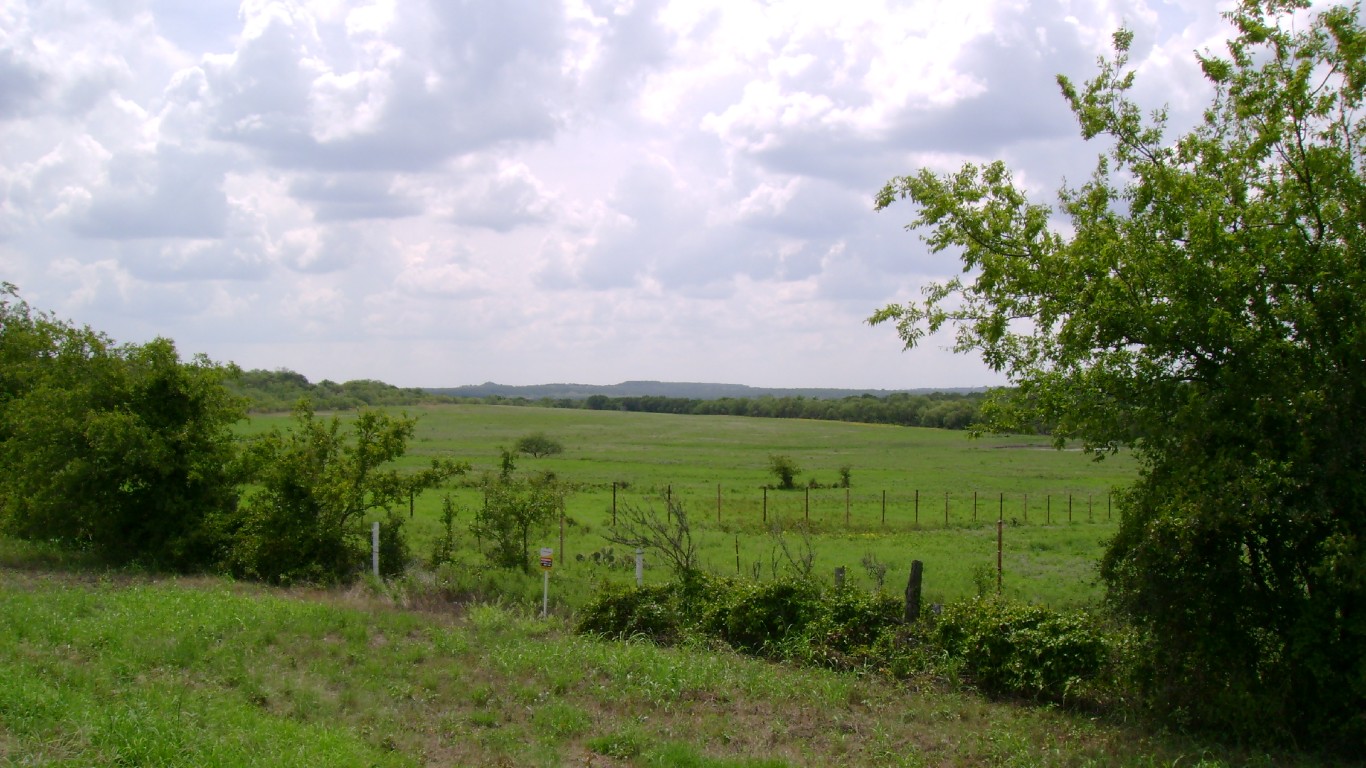
33. Jack, Texas
> GDP change 2014-2019: -31.62% (state: 18.02%)
> 2019 county GDP: $572 million (state: $1,863,954 million)
> Unemployment change 2014-2019, county: -0.60 ppt (3.70% to 3.10%)
> Median household income: $52,045 (state: $61,874)
> Population: 8,852
> Largest place in county: Jacksboro
32. Milam, Texas
> GDP change 2014-2019: -31.63% (state: 18.02%)
> 2019 county GDP: $661 million (state: $1,863,954 million)
> Unemployment change 2014-2019, county: -1.20 ppt (6.20% to 5.00%)
> Median household income: $47,902 (state: $61,874)
> Population: 24,770
> Largest place in county: Rockdale
[in-text-ad-2]
31. Laurens, South Carolina
> GDP change 2014-2019: -32.14% (state: 25.89%)
> 2019 county GDP: $2,061 million (state: $244,662 million)
> Unemployment change 2014-2019, county: -4.10 ppt (7.10% to 3.00%)
> Median household income: $43,304 (state: $53,199)
> Population: 66,846
> Largest place in county: Laurens
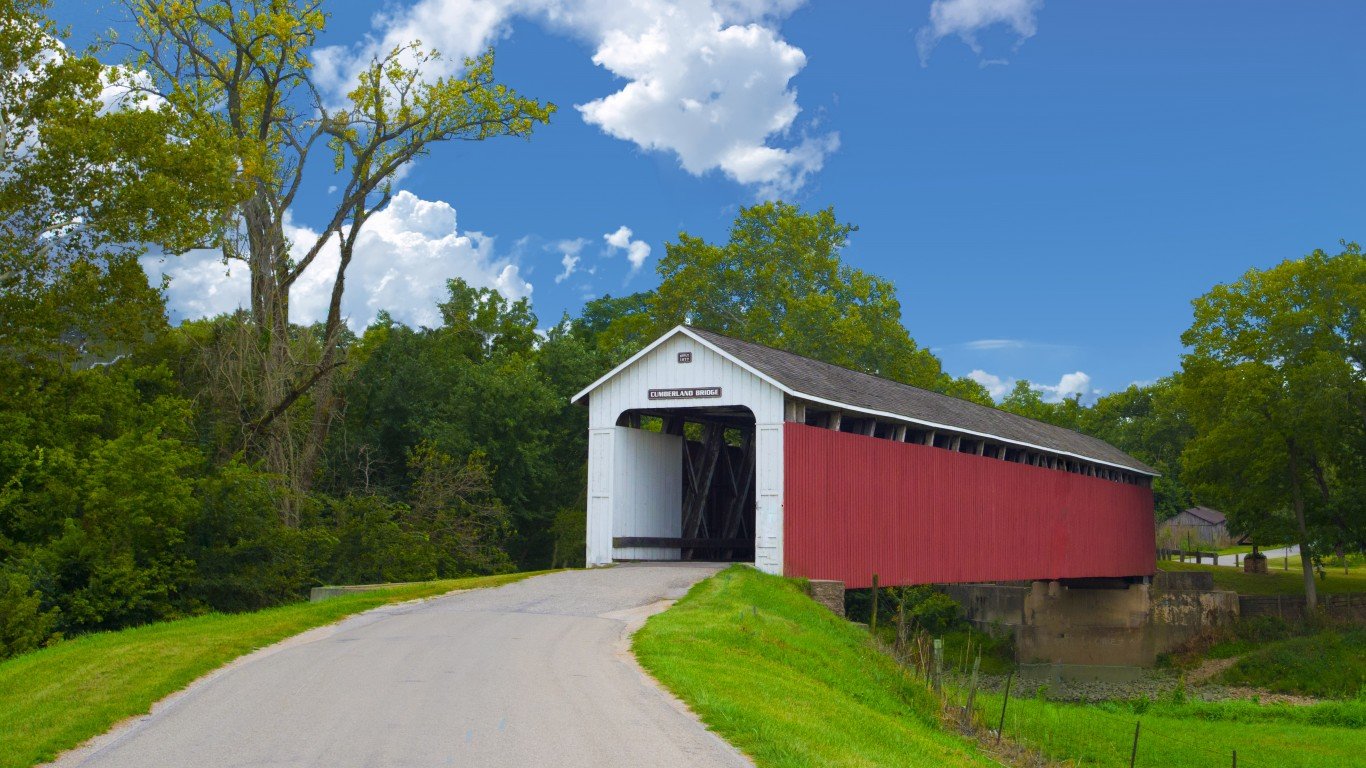
30. Grant, Indiana
> GDP change 2014-2019: -32.60% (state: 16.18%)
> 2019 county GDP: $2,248 million (state: $381,020 million)
> Unemployment change 2014-2019, county: -3.20 ppt (6.90% to 3.70%)
> Median household income: $44,356 (state: $56,303)
> Population: 66,452
> Largest place in county: Marion
[in-text-ad]
29. Union, Louisiana
> GDP change 2014-2019: -32.86% (state: 5.74%)
> 2019 county GDP: $501 million (state: $254,562 million)
> Unemployment change 2014-2019, county: -1.70 ppt (7.50% to 5.80%)
> Median household income: $44,100 (state: $49,469)
> Population: 22,353
> Largest place in county: Farmerville
28. Williams, North Dakota
> GDP change 2014-2019: -33.25% (state: -1.54%)
> 2019 county GDP: $5,227 million (state: $59,005 million)
> Unemployment change 2014-2019, county: 0.60 ppt (1.20% to 1.80%)
> Median household income: $87,161 (state: $64,894)
> Population: 35,208
> Largest place in county: Williston
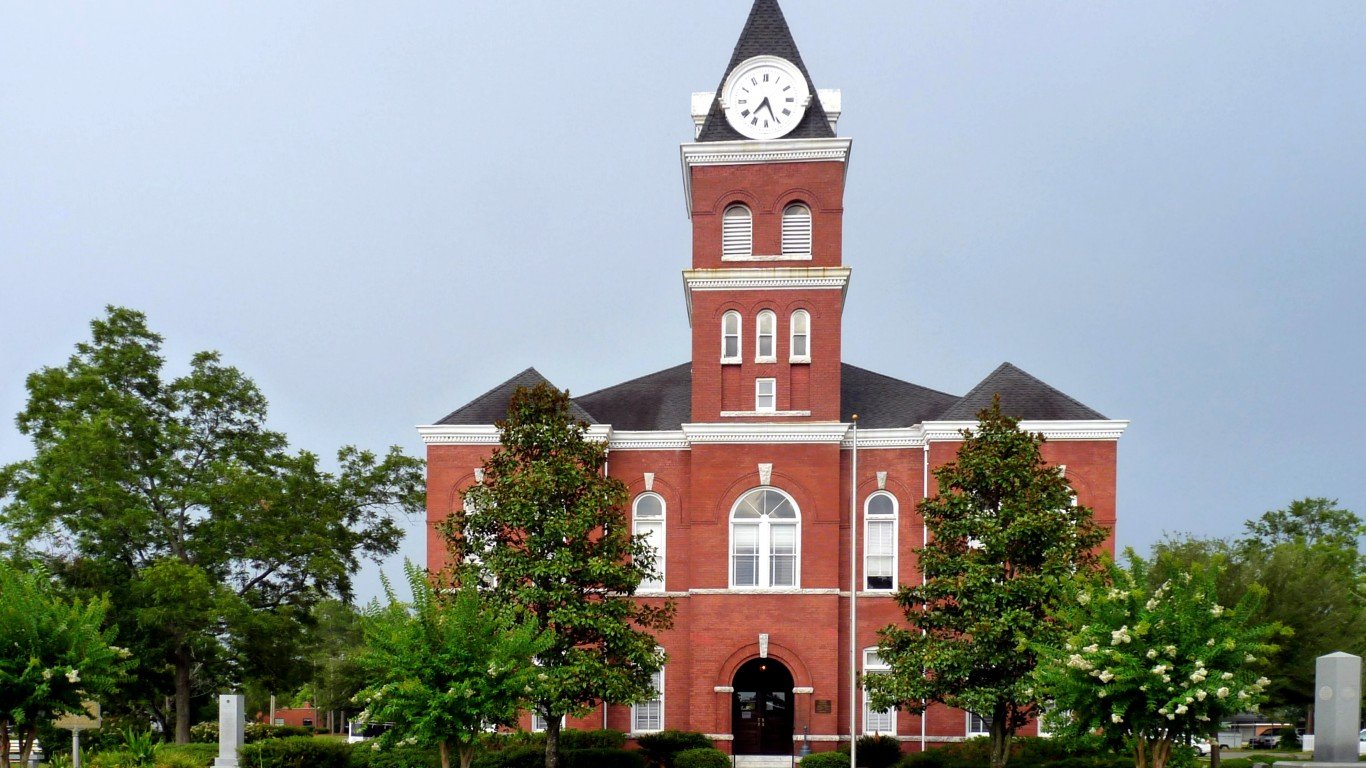
27. Wayne, Georgia
> GDP change 2014-2019: -33.37% (state: 30.14%)
> 2019 county GDP: $824 million (state: $637,799 million)
> Unemployment change 2014-2019, county: -4.70 ppt (8.70% to 4.00%)
> Median household income: $45,483 (state: $58,700)
> Population: 29,788
> Largest place in county: Jesup
[in-text-ad-2]
26. Douglas, Missouri
> GDP change 2014-2019: -33.38% (state: 15.57%)
> 2019 county GDP: $211 million (state: $332,273 million)
> Unemployment change 2014-2019, county: -2.60 ppt (7.70% to 5.10%)
> Median household income: $37,425 (state: $55,461)
> Population: 13,306
> Largest place in county: Ava
25. Corson, South Dakota
> GDP change 2014-2019: -33.43% (state: 15.29%)
> 2019 county GDP: $94 million (state: $53,940 million)
> Unemployment change 2014-2019, county: 0.00 ppt (5.80% to 5.80%)
> Median household income: $35,759 (state: $58,275)
> Population: 4,150
> Largest place in county: McLaughlin
[in-text-ad]
24. Esmeralda, Nevada
> GDP change 2014-2019: -33.53% (state: 33.63%)
> 2019 county GDP: $43 million (state: $181,743 million)
> Unemployment change 2014-2019, county: -0.70 ppt (4.40% to 3.70%)
> Median household income: $37,375 (state: $60,365)
> Population: 969
> Largest place in county: N/A
23. Hemphill, Texas
> GDP change 2014-2019: -33.93% (state: 18.02%)
> 2019 county GDP: $940 million (state: $1,863,954 million)
> Unemployment change 2014-2019, county: 0.30 ppt (2.40% to 2.70%)
> Median household income: $70,625 (state: $61,874)
> Population: 3,994
> Largest place in county: Canadian
22. Yakutat City, Alaska
> GDP change 2014-2019: -34.11% (state: -3.43%)
> 2019 county GDP: $30 million (state: $54,547 million)
> Unemployment change 2014-2019, county: -2.20 ppt (9.90% to 7.70%)
> Median household income: $71,607 (state: $77,640)
> Population: 649
> Largest place in county: Yakutat
[in-text-ad-2]
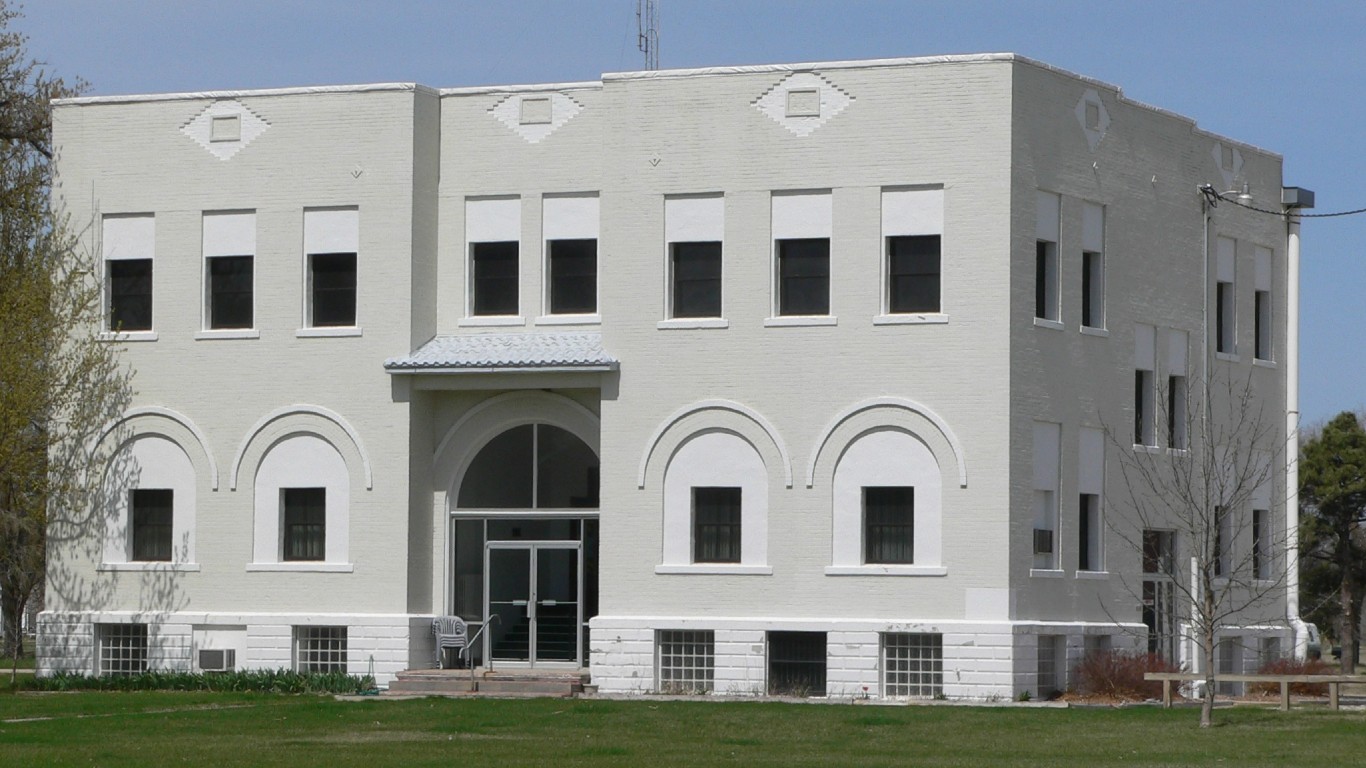
21. Keya Paha, Nebraska
> GDP change 2014-2019: -34.45% (state: 17.34%)
> 2019 county GDP: $47 million (state: $131,352 million)
> Unemployment change 2014-2019, county: -0.20 ppt (2.70% to 2.50%)
> Median household income: $56,500 (state: $61,439)
> Population: 760
> Largest place in county: Springview
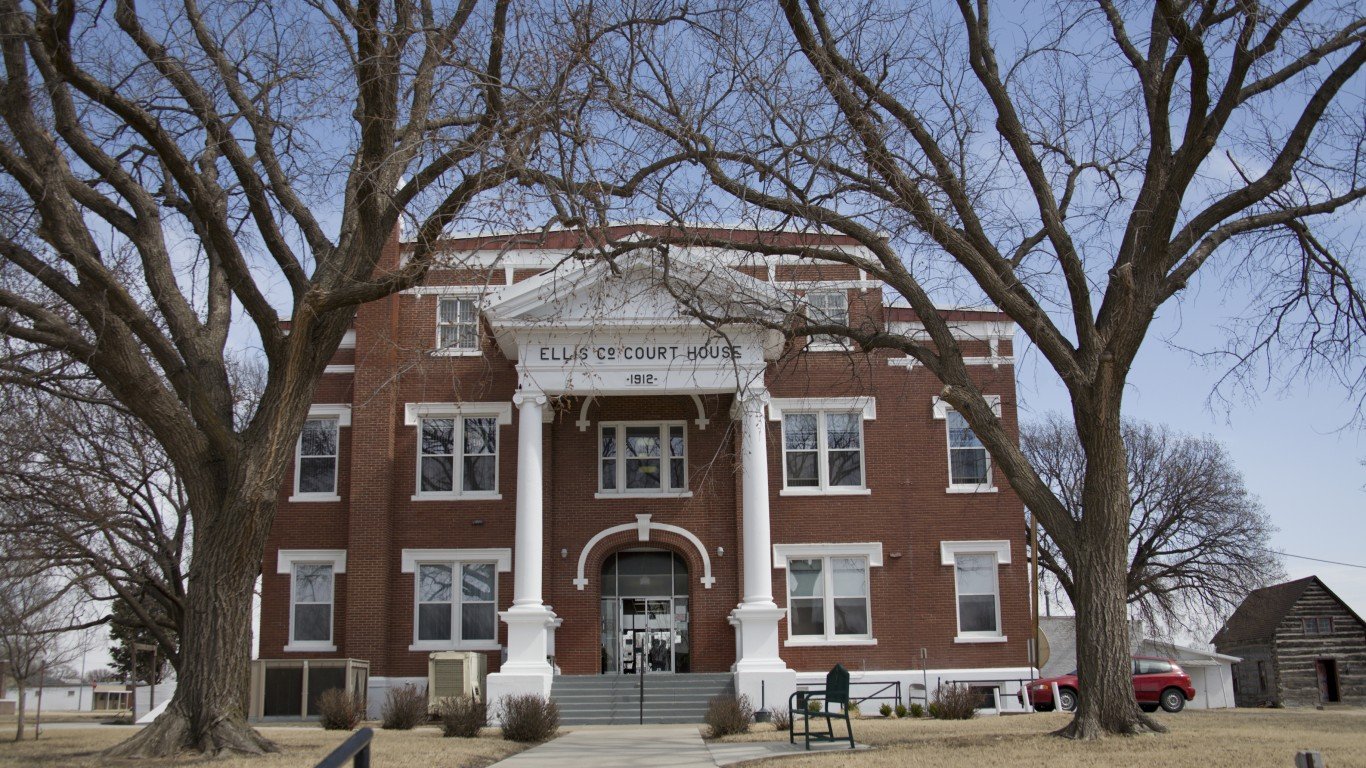
20. Harmon, Oklahoma
> GDP change 2014-2019: -34.84% (state: 3.59%)
> 2019 county GDP: $101 million (state: $203,700 million)
> Unemployment change 2014-2019, county: -1.20 ppt (4.10% to 2.90%)
> Median household income: $48,344 (state: $52,919)
> Population: 2,710
> Largest place in county: Hollis
[in-text-ad]
19. San Juan, Colorado
> GDP change 2014-2019: -35.02% (state: 26.71%)
> 2019 county GDP: $37 million (state: $392,218 million)
> Unemployment change 2014-2019, county: -2.30 ppt (5.30% to 3.00%)
> Median household income: $54,625 (state: $72,331)
> Population: 589
> Largest place in county: Silverton
18. Shoshone, Idaho
> GDP change 2014-2019: -35.32% (state: 27.63%)
> 2019 county GDP: $453 million (state: $82,420 million)
> Unemployment change 2014-2019, county: -4.00 ppt (9.90% to 5.90%)
> Median household income: $39,386 (state: $55,785)
> Population: 12,609
> Largest place in county: Kellogg

17. Crawford, Illinois
> GDP change 2014-2019: -35.41% (state: 15.44%)
> 2019 county GDP: $2,063 million (state: $890,486 million)
> Unemployment change 2014-2019, county: -2.10 ppt (6.40% to 4.30%)
> Median household income: $49,779 (state: $65,886)
> Population: 18,972
> Largest place in county: Robinson
[in-text-ad-2]

16. Mora, New Mexico
> GDP change 2014-2019: -36.91% (state: 10.62%)
> 2019 county GDP: $102 million (state: $101,972 million)
> Unemployment change 2014-2019, county: -5.00 ppt (11.00% to 6.00%)
> Median household income: $28,446 (state: $49,754)
> Population: 4,536
> Largest place in county: Wagon Mound
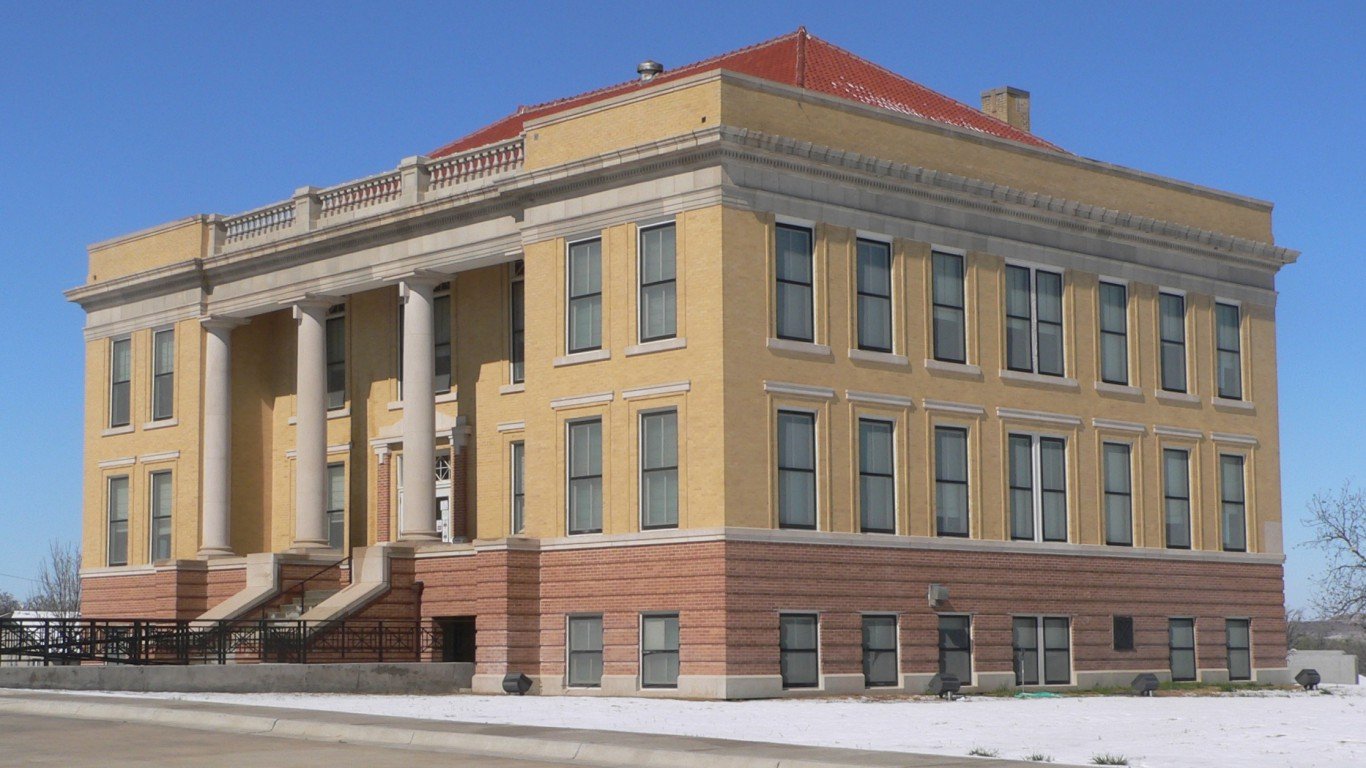
15. Roberts, Texas
> GDP change 2014-2019: -38.45% (state: 18.02%)
> 2019 county GDP: $930 million (state: $1,863,954 million)
> Unemployment change 2014-2019, county: -0.40 ppt (3.50% to 3.10%)
> Median household income: $68,750 (state: $61,874)
> Population: 805
> Largest place in county: Miami
[in-text-ad]

14. Alfalfa, Oklahoma
> GDP change 2014-2019: -38.85% (state: 3.59%)
> 2019 county GDP: $257 million (state: $203,700 million)
> Unemployment change 2014-2019, county: -0.40 ppt (2.50% to 2.10%)
> Median household income: $61,852 (state: $52,919)
> Population: 5,847
> Largest place in county: Cherokee
13. Custer, Idaho
> GDP change 2014-2019: -38.89% (state: 27.63%)
> 2019 county GDP: $183 million (state: $82,420 million)
> Unemployment change 2014-2019, county: -2.60 ppt (6.80% to 4.20%)
> Median household income: $40,875 (state: $55,785)
> Population: 4,169
> Largest place in county: Challis

12. Sutton, Texas
> GDP change 2014-2019: -38.92% (state: 18.02%)
> 2019 county GDP: $368 million (state: $1,863,954 million)
> Unemployment change 2014-2019, county: 0.10 ppt (3.60% to 3.70%)
> Median household income: $54,306 (state: $61,874)
> Population: 3,824
> Largest place in county: Sonora
[in-text-ad-2]
11. Scott, Tennessee
> GDP change 2014-2019: -40.00% (state: 23.11%)
> 2019 county GDP: $541 million (state: $376,917 million)
> Unemployment change 2014-2019, county: -7.30 ppt (11.70% to 4.40%)
> Median household income: $38,864 (state: $53,320)
> Population: 21,969
> Largest place in county: Oneida
10. Potter, South Dakota
> GDP change 2014-2019: -41.76% (state: 15.29%)
> 2019 county GDP: $143 million (state: $53,940 million)
> Unemployment change 2014-2019, county: -0.10 ppt (3.30% to 3.20%)
> Median household income: $54,583 (state: $58,275)
> Population: 2,315
> Largest place in county: Gettysburg
[in-text-ad]
9. Divide, North Dakota
> GDP change 2014-2019: -42.25% (state: -1.54%)
> 2019 county GDP: $184 million (state: $59,005 million)
> Unemployment change 2014-2019, county: -0.10 ppt (1.50% to 1.40%)
> Median household income: $62,865 (state: $64,894)
> Population: 2,335
> Largest place in county: Crosby

8. Boone, West Virginia
> GDP change 2014-2019: -42.36% (state: 8.94%)
> 2019 county GDP: $617 million (state: $79,140 million)
> Unemployment change 2014-2019, county: -3.80 ppt (9.30% to 5.50%)
> Median household income: $40,739 (state: $46,711)
> Population: 22,368
> Largest place in county: Madison
7. Greer, Oklahoma
> GDP change 2014-2019: -42.97% (state: 3.59%)
> 2019 county GDP: $105 million (state: $203,700 million)
> Unemployment change 2014-2019, county: -0.40 ppt (4.60% to 4.20%)
> Median household income: $41,488 (state: $52,919)
> Population: 5,861
> Largest place in county: Mangum
[in-text-ad-2]
6. Carter, Montana
> GDP change 2014-2019: -44.39% (state: 14.64%)
> 2019 county GDP: $56 million (state: $51,789 million)
> Unemployment change 2014-2019, county: -0.40 ppt (3.20% to 2.80%)
> Median household income: $48,000 (state: $54,970)
> Population: 1,331
> Largest place in county: Ekalaka
5. Ziebach, South Dakota
> GDP change 2014-2019: -45.08% (state: 15.29%)
> 2019 county GDP: $54 million (state: $53,940 million)
> Unemployment change 2014-2019, county: -0.30 ppt (5.90% to 5.60%)
> Median household income: $37,400 (state: $58,275)
> Population: 2,791
> Largest place in county: Eagle Butte
[in-text-ad]

4. Tazewell, Illinois
> GDP change 2014-2019: -46.51% (state: 15.44%)
> 2019 county GDP: $5,550 million (state: $890,486 million)
> Unemployment change 2014-2019, county: -2.30 ppt (6.70% to 4.40%)
> Median household income: $63,454 (state: $65,886)
> Population: 133,195
> Largest place in county: Pekin
3. Adams, Ohio
> GDP change 2014-2019: -49.27% (state: 16.38%)
> 2019 county GDP: $673 million (state: $693,199 million)
> Unemployment change 2014-2019, county: -2.40 ppt (9.20% to 6.80%)
> Median household income: $39,079 (state: $56,602)
> Population: 27,776
> Largest place in county: West Union
2. Wheeler, Texas
> GDP change 2014-2019: -50.56% (state: 18.02%)
> 2019 county GDP: $944 million (state: $1,863,954 million)
> Unemployment change 2014-2019, county: -0.60 ppt (3.60% to 3.00%)
> Median household income: $49,315 (state: $61,874)
> Population: 5,338
> Largest place in county: Shamrock
[in-text-ad-2]
1. Petroleum, Montana
> GDP change 2014-2019: -50.65% (state: 14.64%)
> 2019 county GDP: $23 million (state: $51,789 million)
> Unemployment change 2014-2019, county: -0.60 ppt (4.20% to 3.60%)
> Median household income: $51,250 (state: $54,970)
> Population: 453
> Largest place in county: Winnett
Methodology
To determine the fastest shrinking local economies nationwide, 24/7 Wall St. calculated the change in real GDP from 2014 to 2019 for every U.S. county or county equivalent with data from the Bureau of Economic Analysis. GDP figures are chained to 2012 dollars.
Average annual unemployment rates for 2019 and 2014 came from the Bureau of Labor Statistics. Data on population and median household income are five year estimates for 2019 and are from the U.S. Census Bureau’s American Community Survey. Largest place in the county is based on population ACS population estimates and places can include cities, towns, villages, and census designated places.
Smart Investors Are Quietly Loading Up on These “Dividend Legends” (Sponsored)
If you want your portfolio to pay you cash like clockwork, it’s time to stop blindly following conventional wisdom like relying on Dividend Aristocrats. There’s a better option, and we want to show you. We’re offering a brand-new report on 2 stocks we believe offer the rare combination of a high dividend yield and significant stock appreciation upside. If you’re tired of feeling one step behind in this market, this free report is a must-read for you.
Click here to download your FREE copy of “2 Dividend Legends to Hold Forever” and start improving your portfolio today.
Thank you for reading! Have some feedback for us?
Contact the 24/7 Wall St. editorial team.
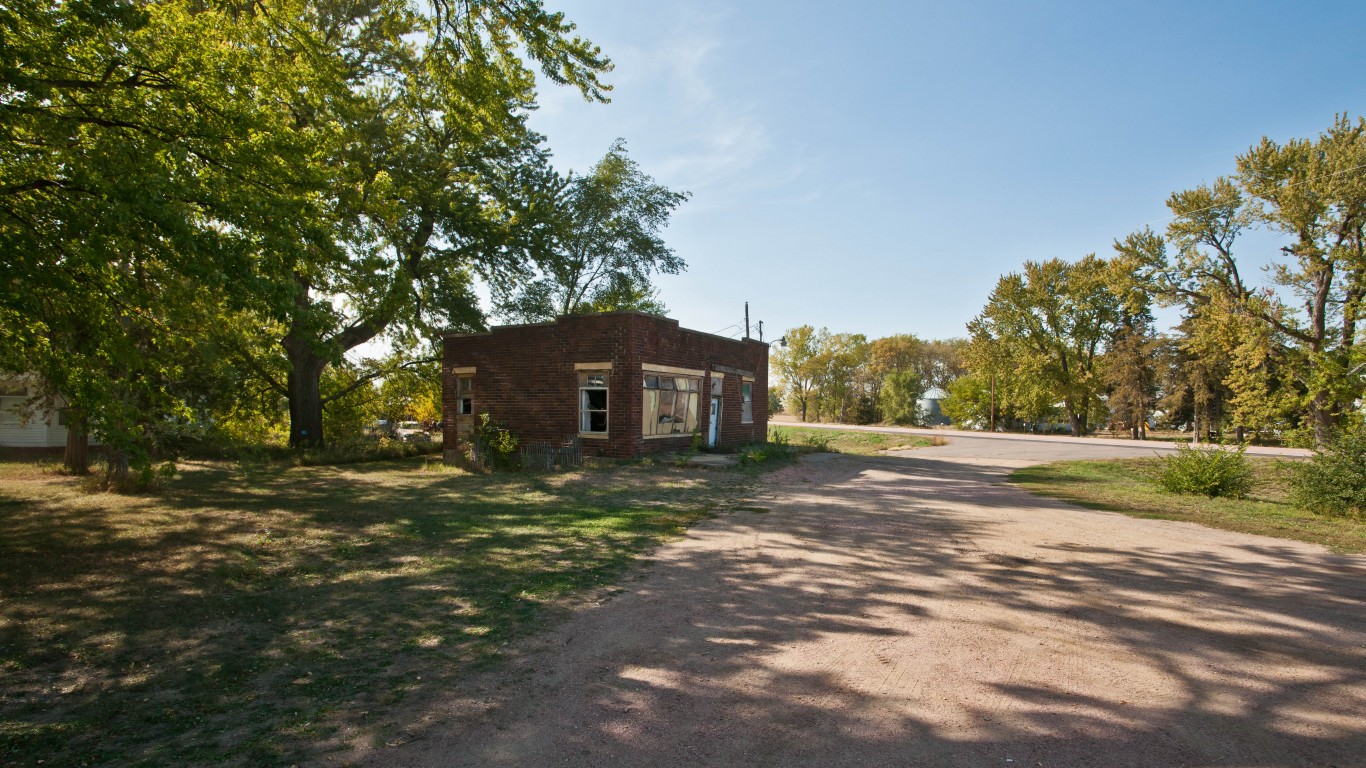
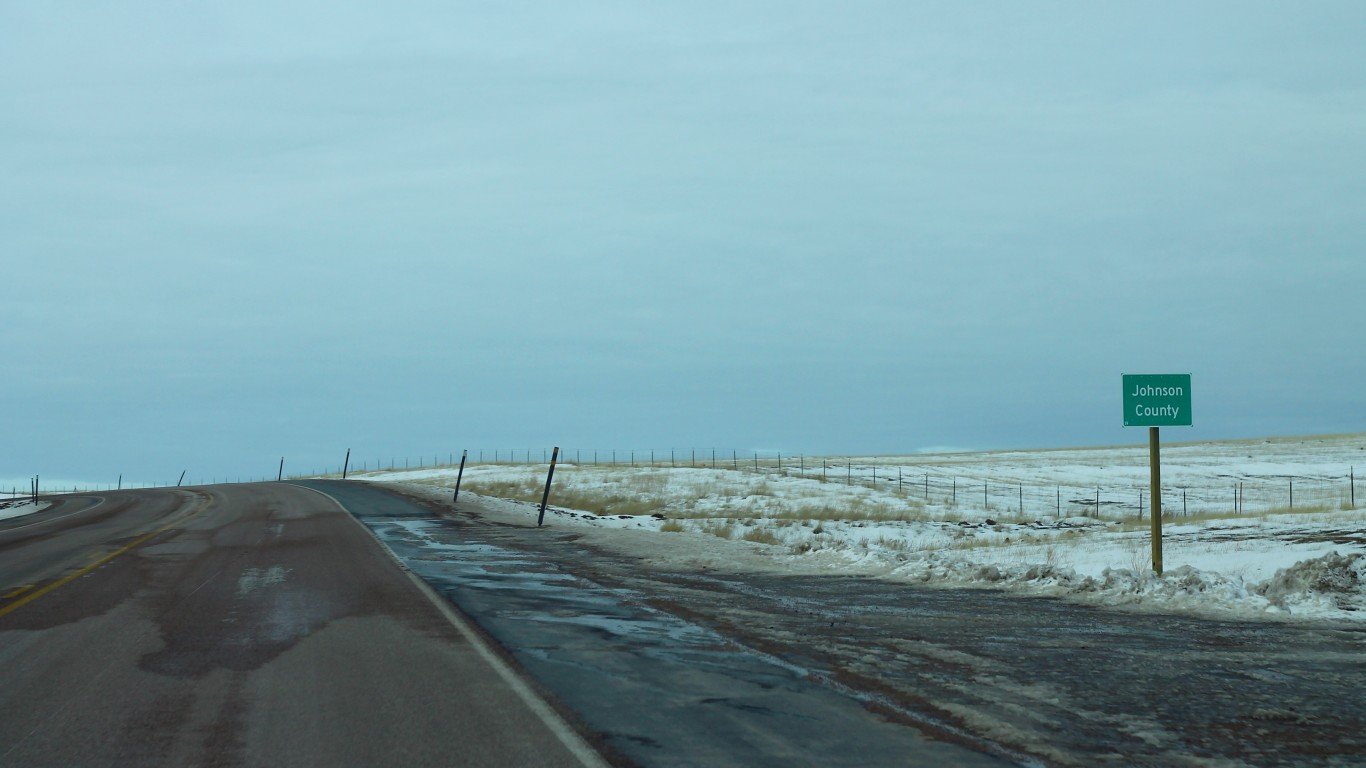
 24/7 Wall St.
24/7 Wall St.

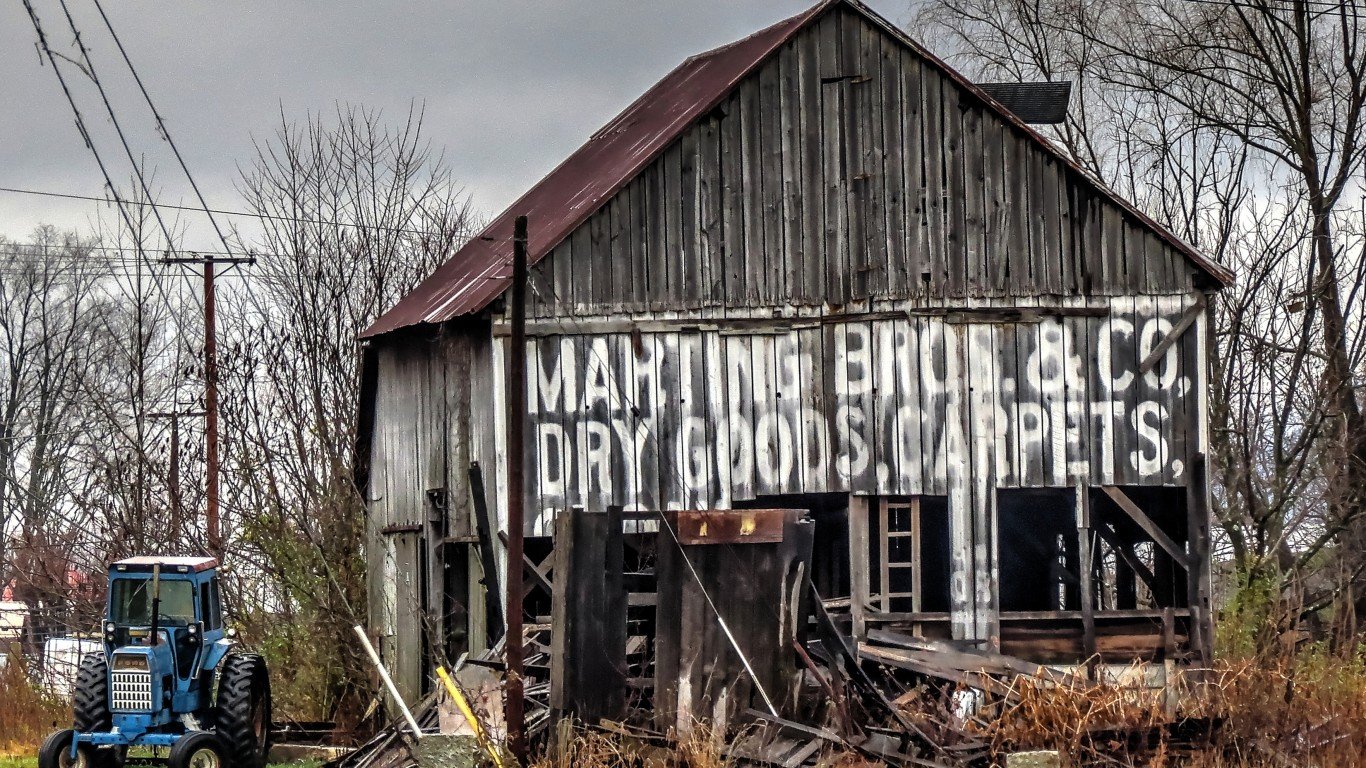

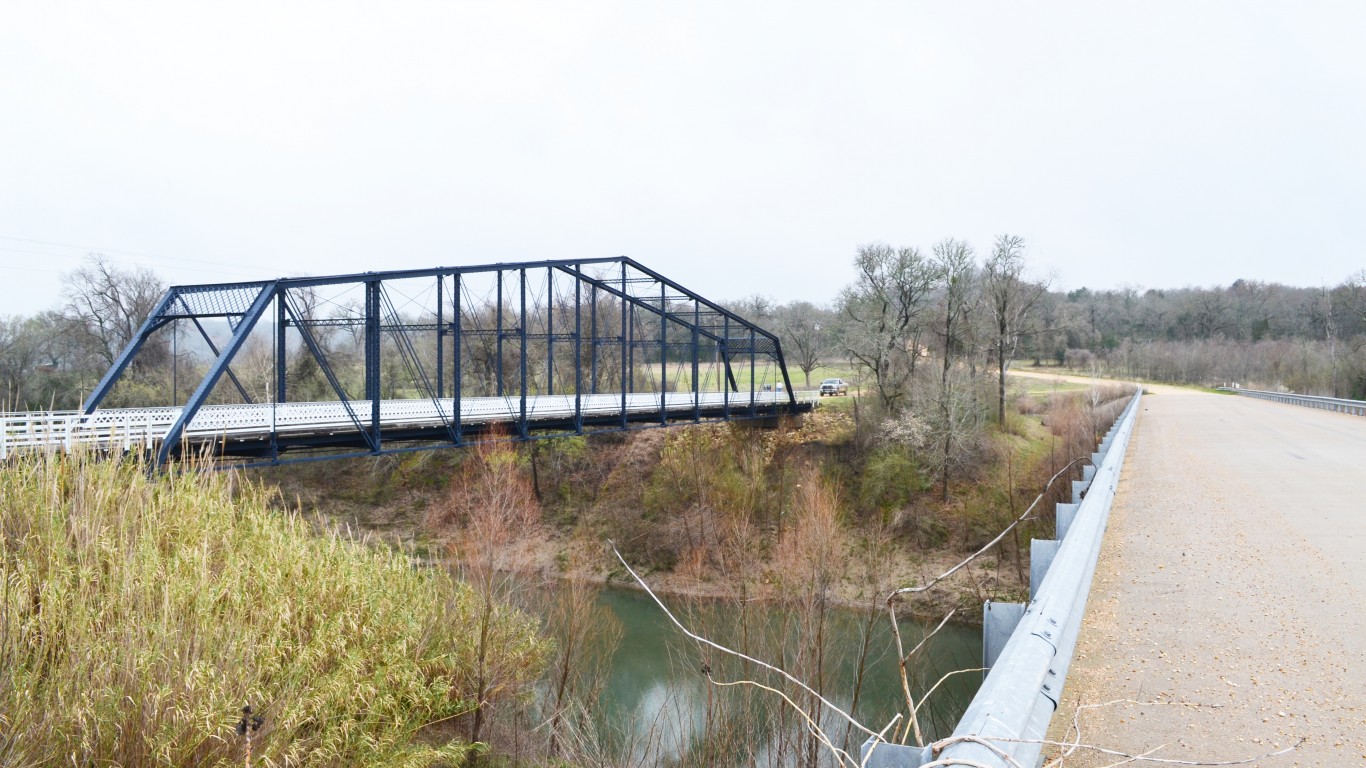

 24/7 Wall St.
24/7 Wall St.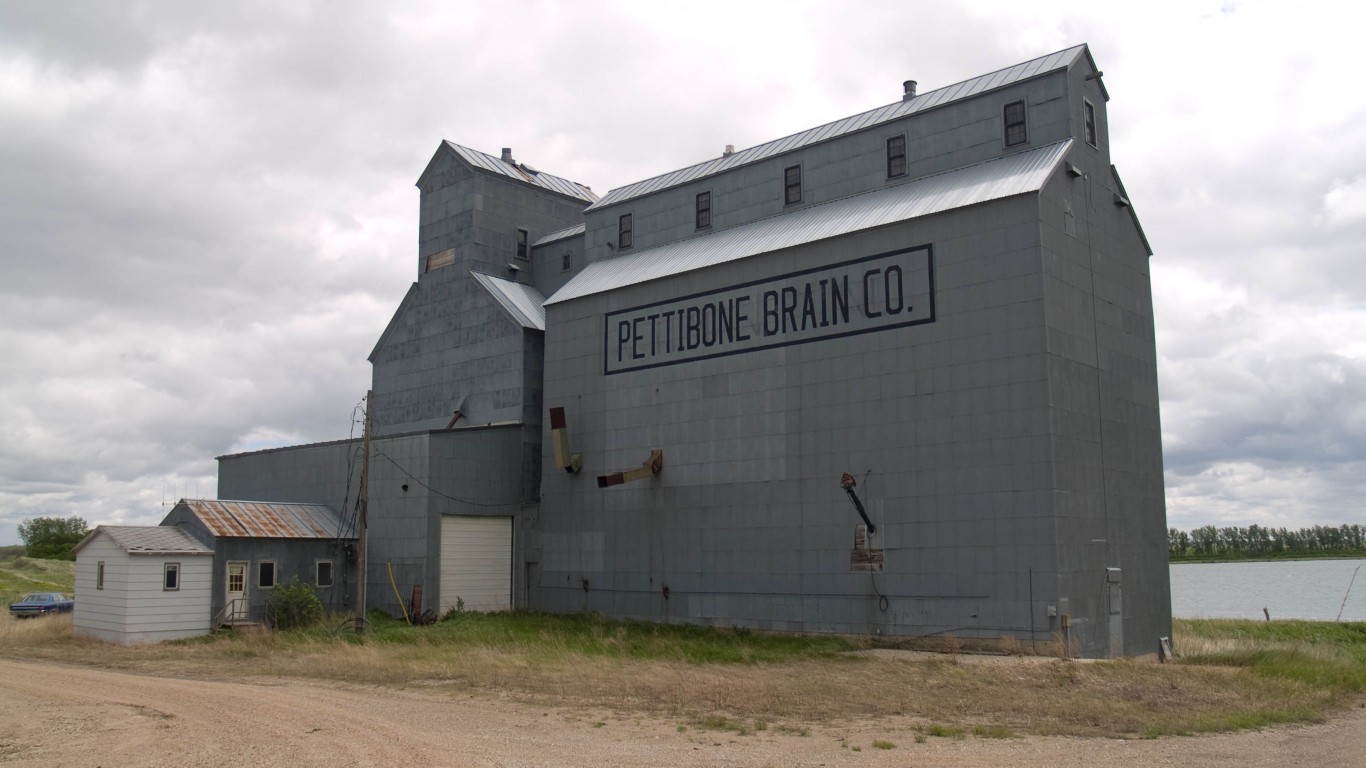
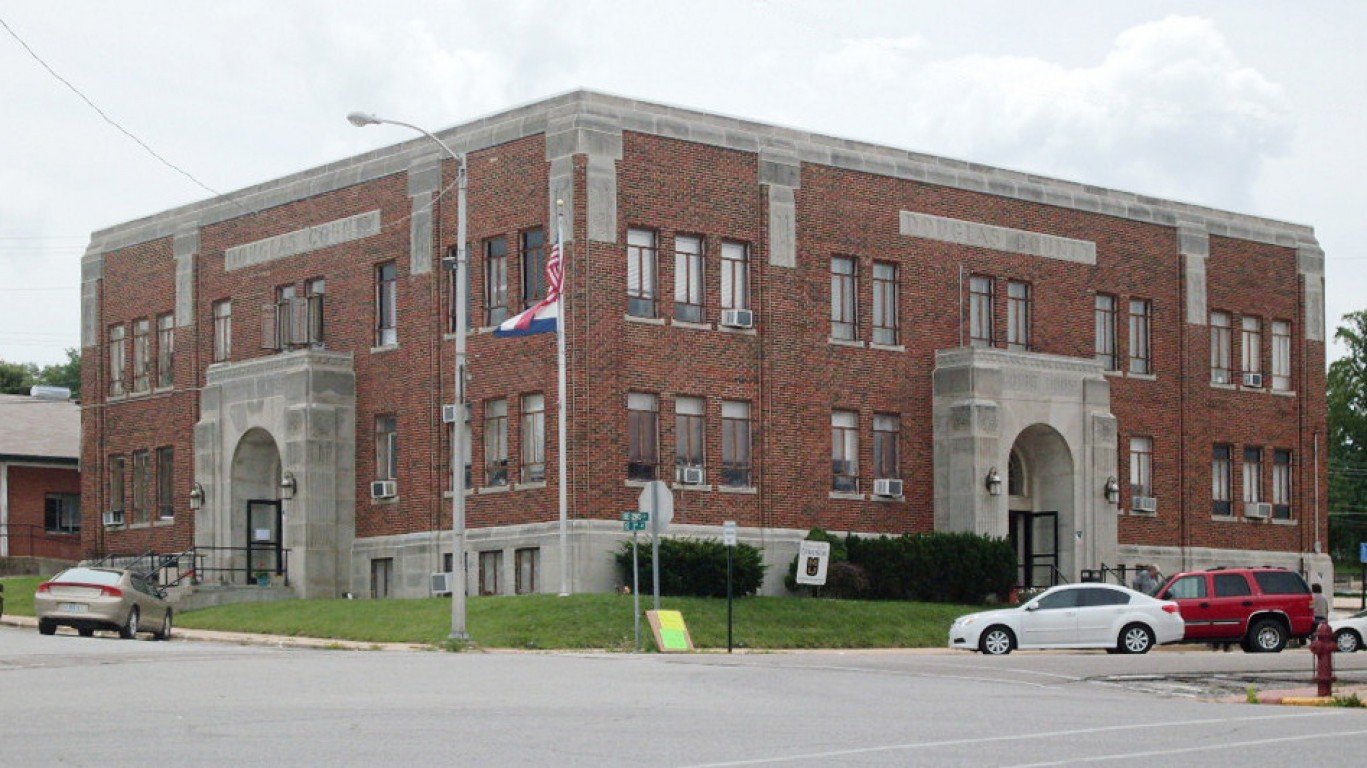
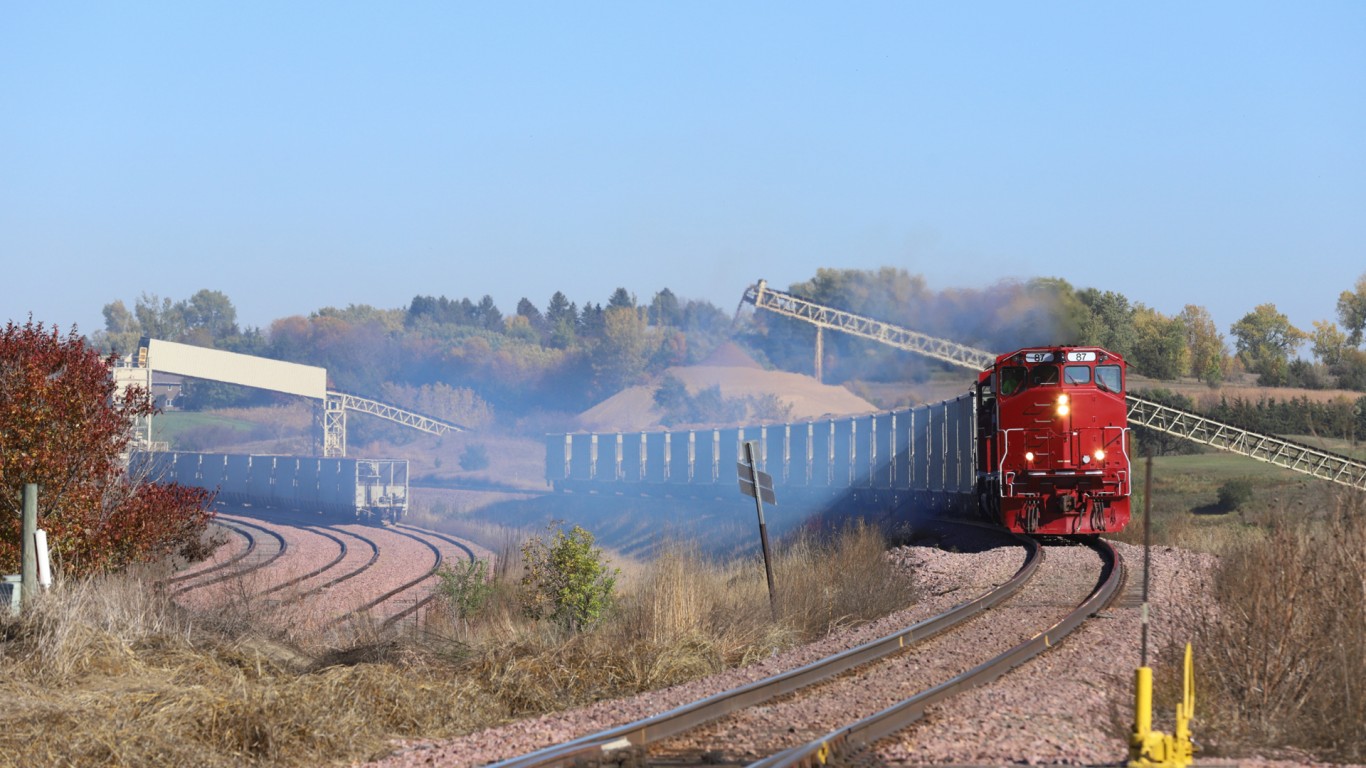
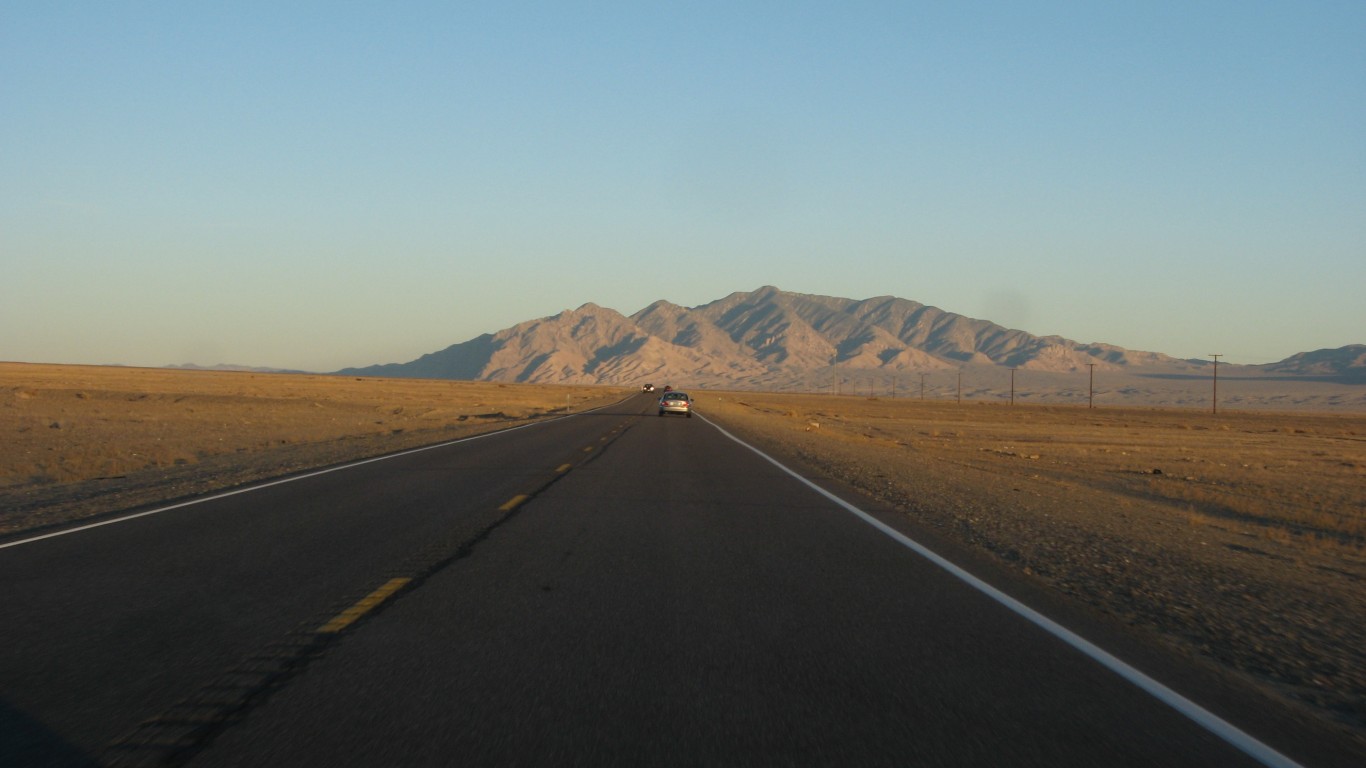
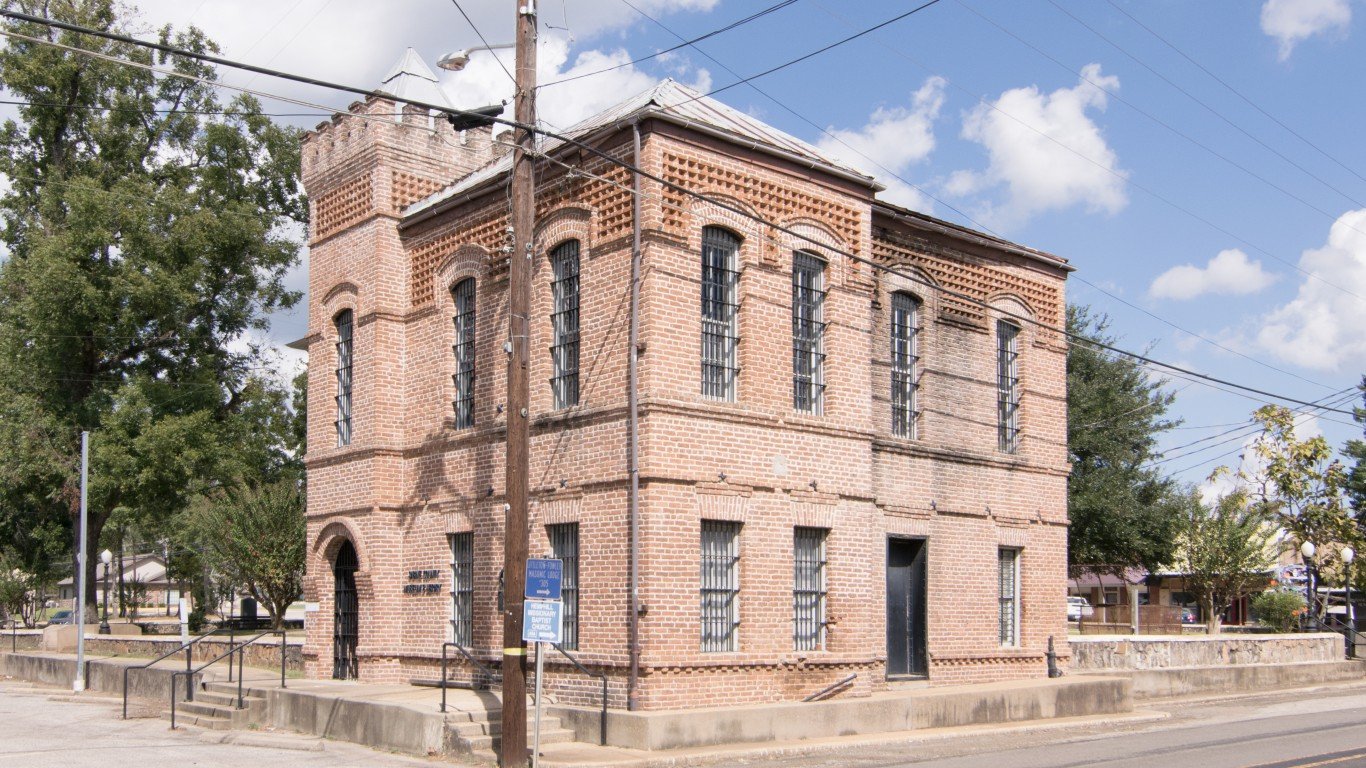


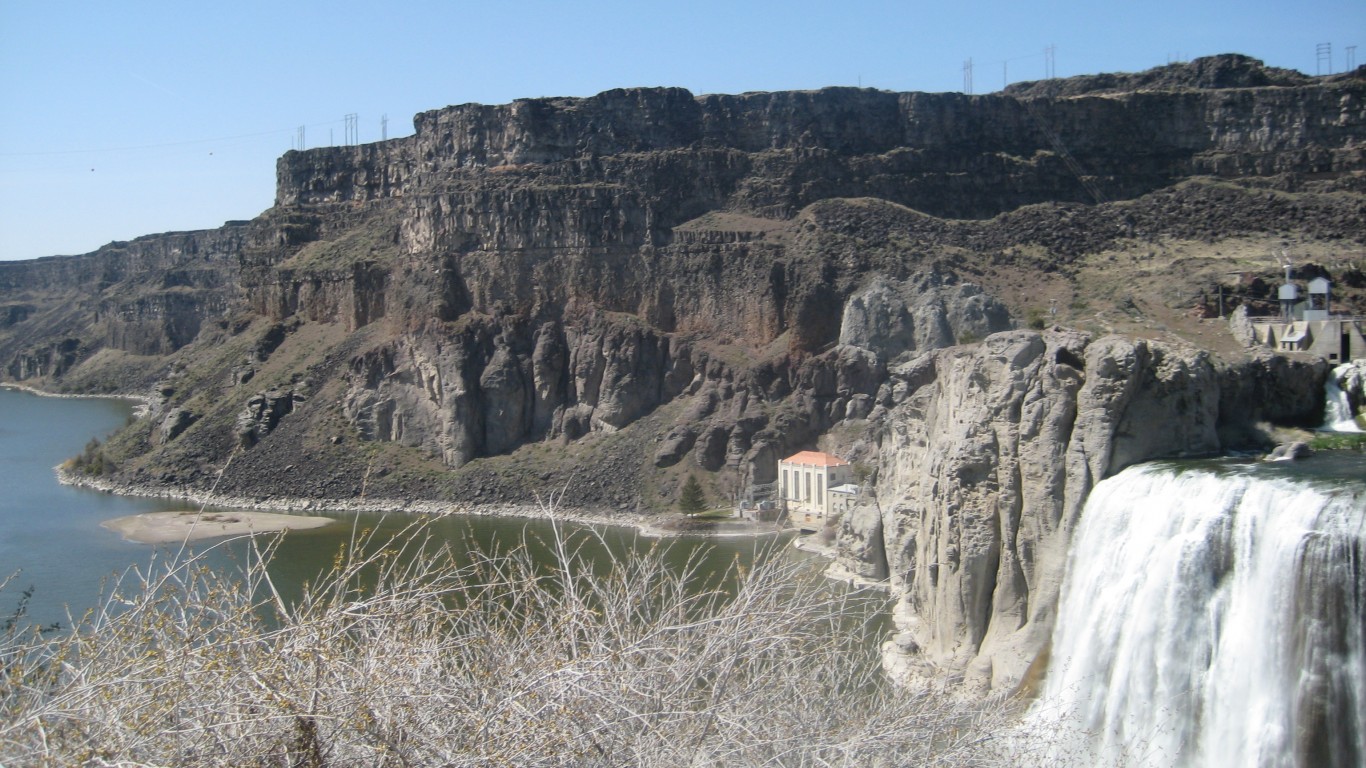
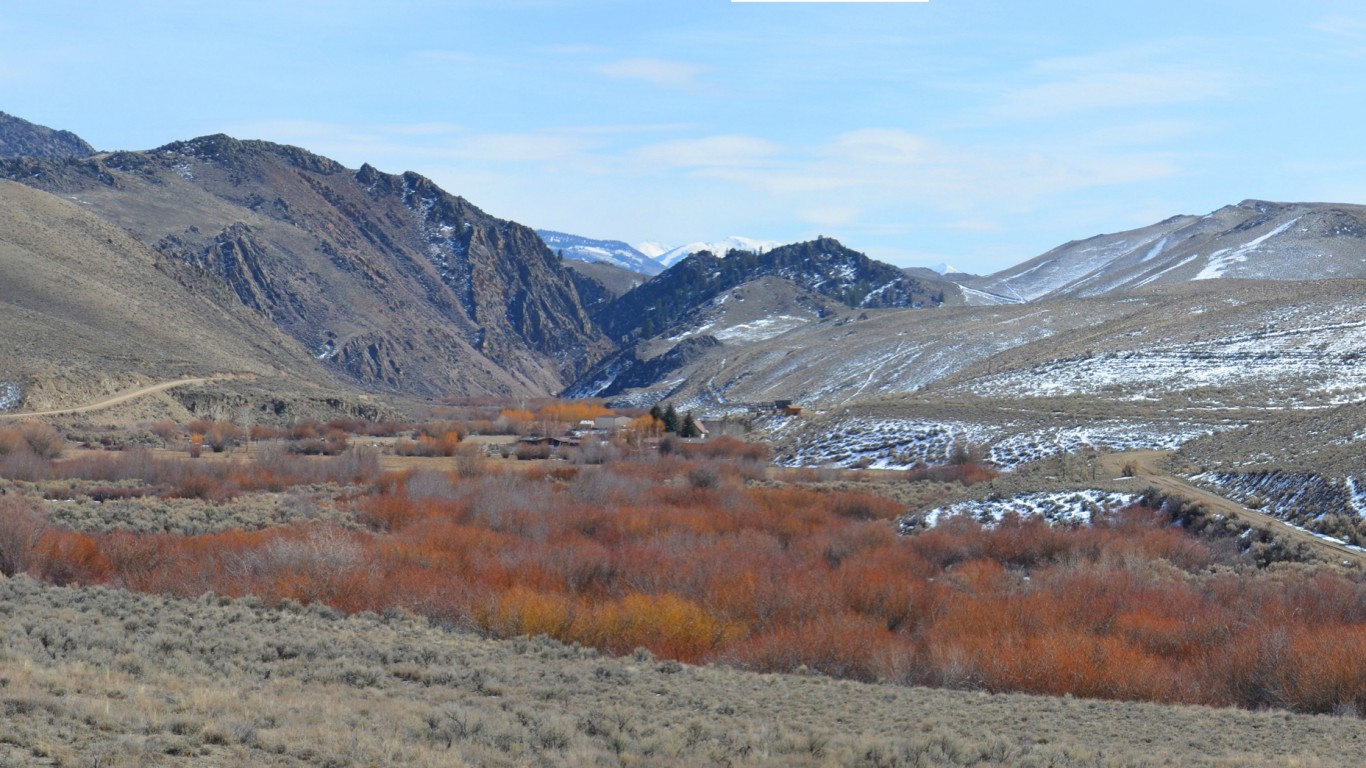
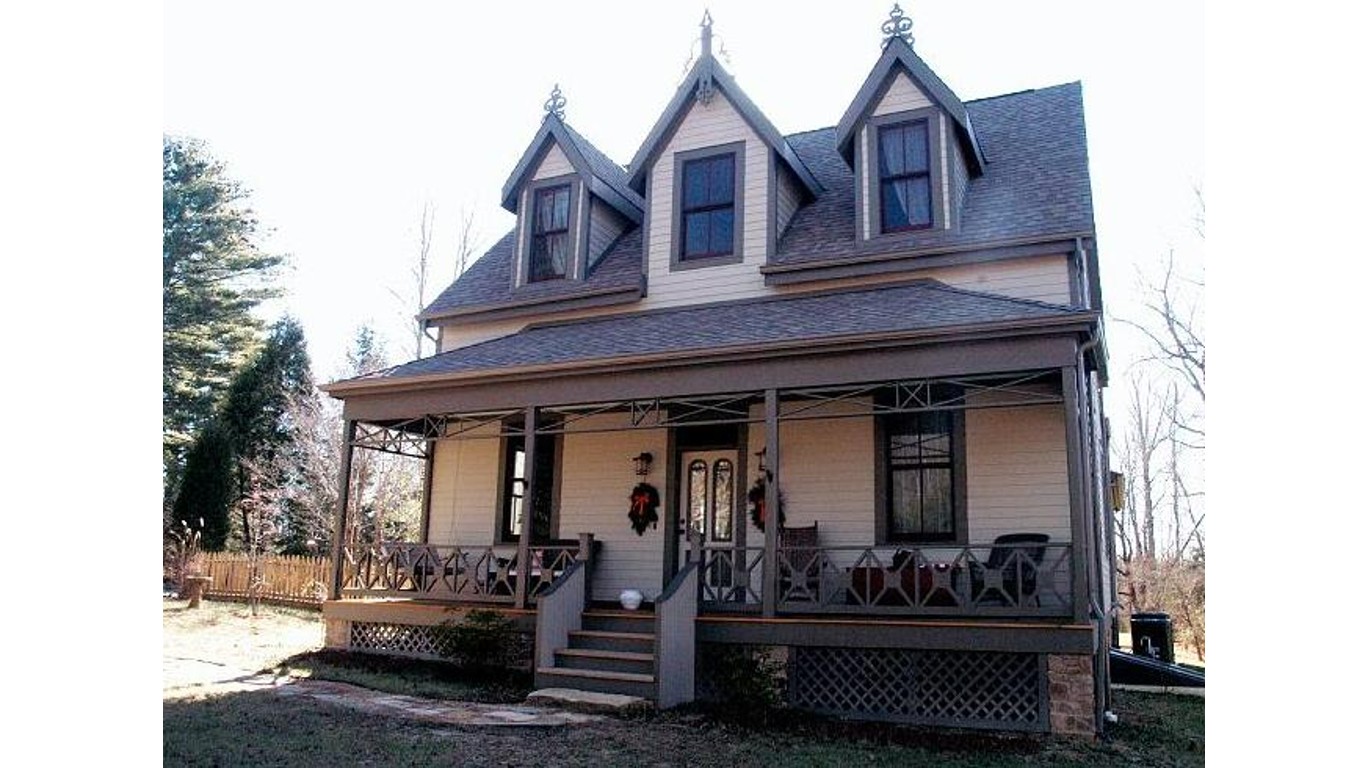

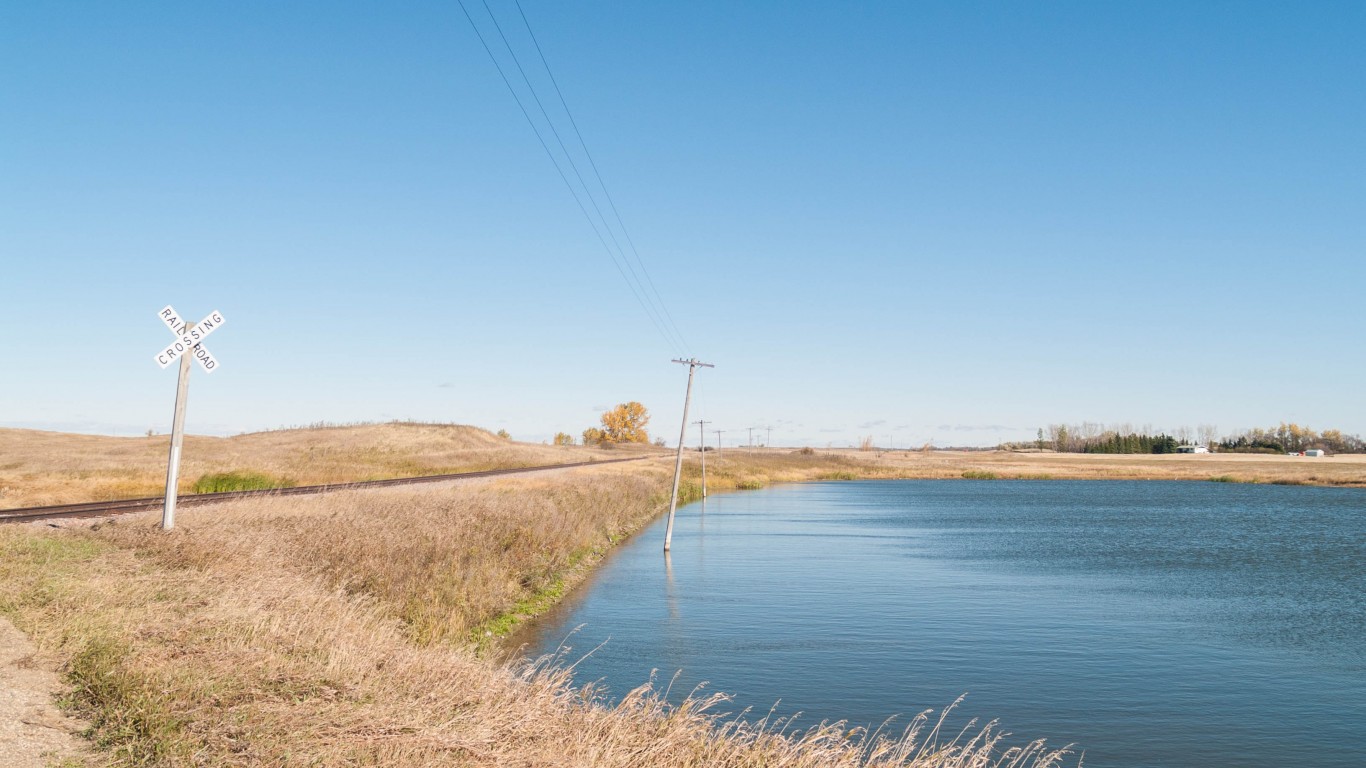
 24/7 Wall St.
24/7 Wall St.
